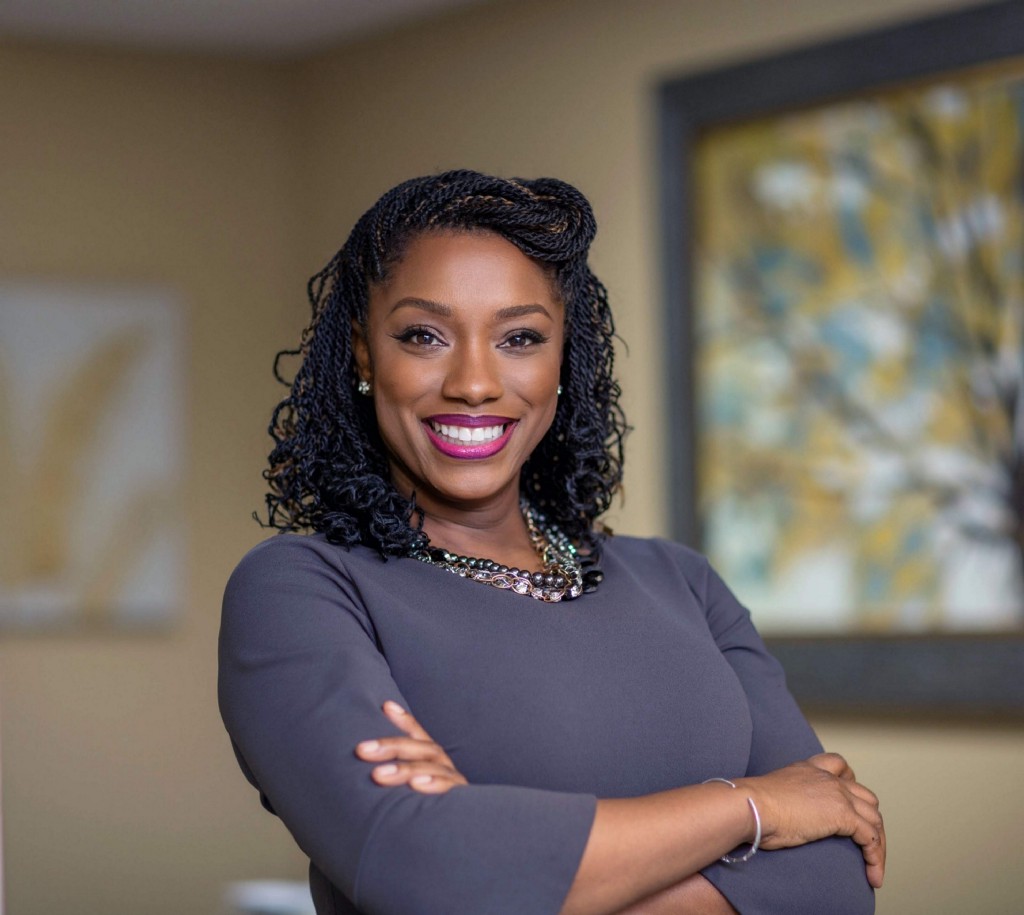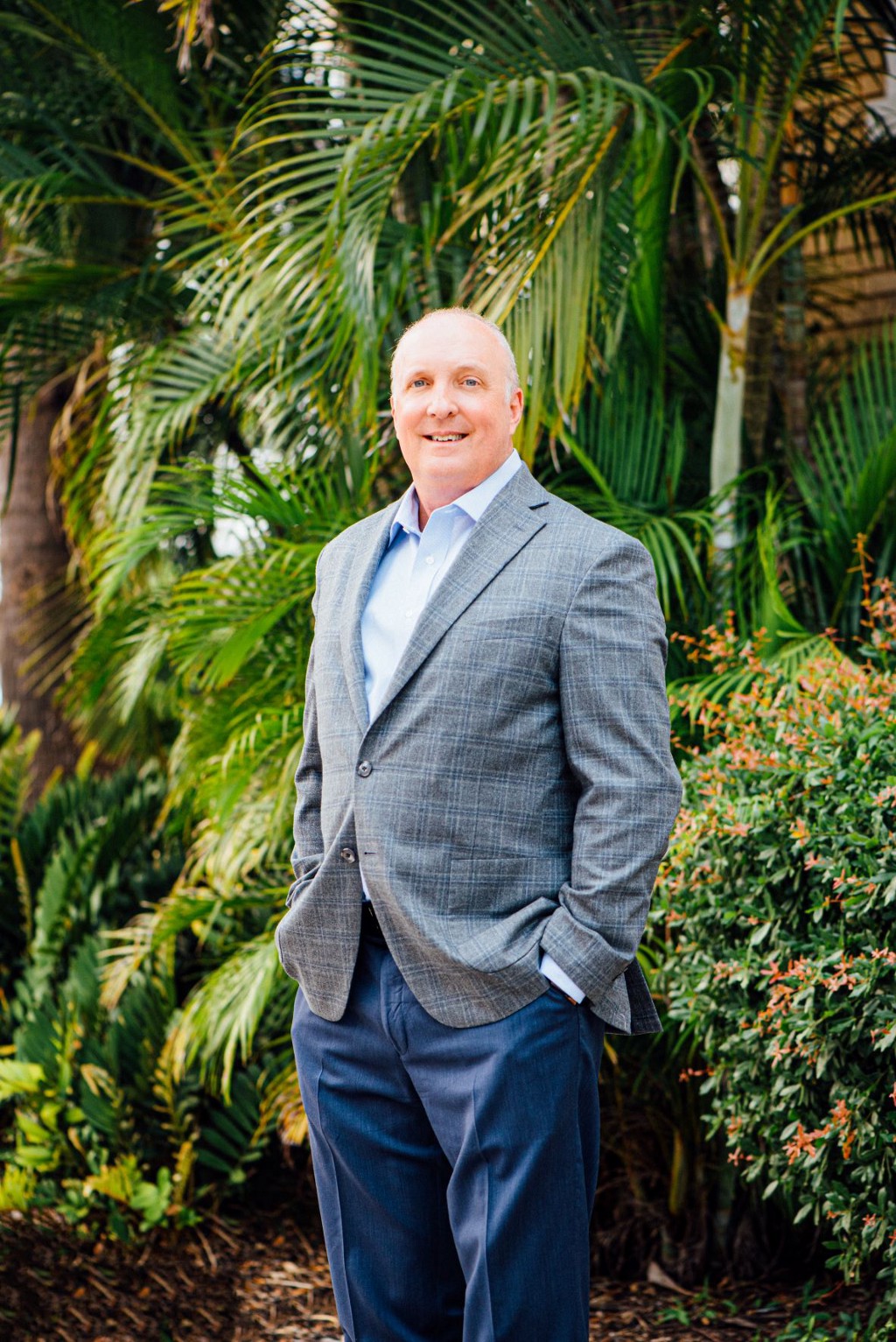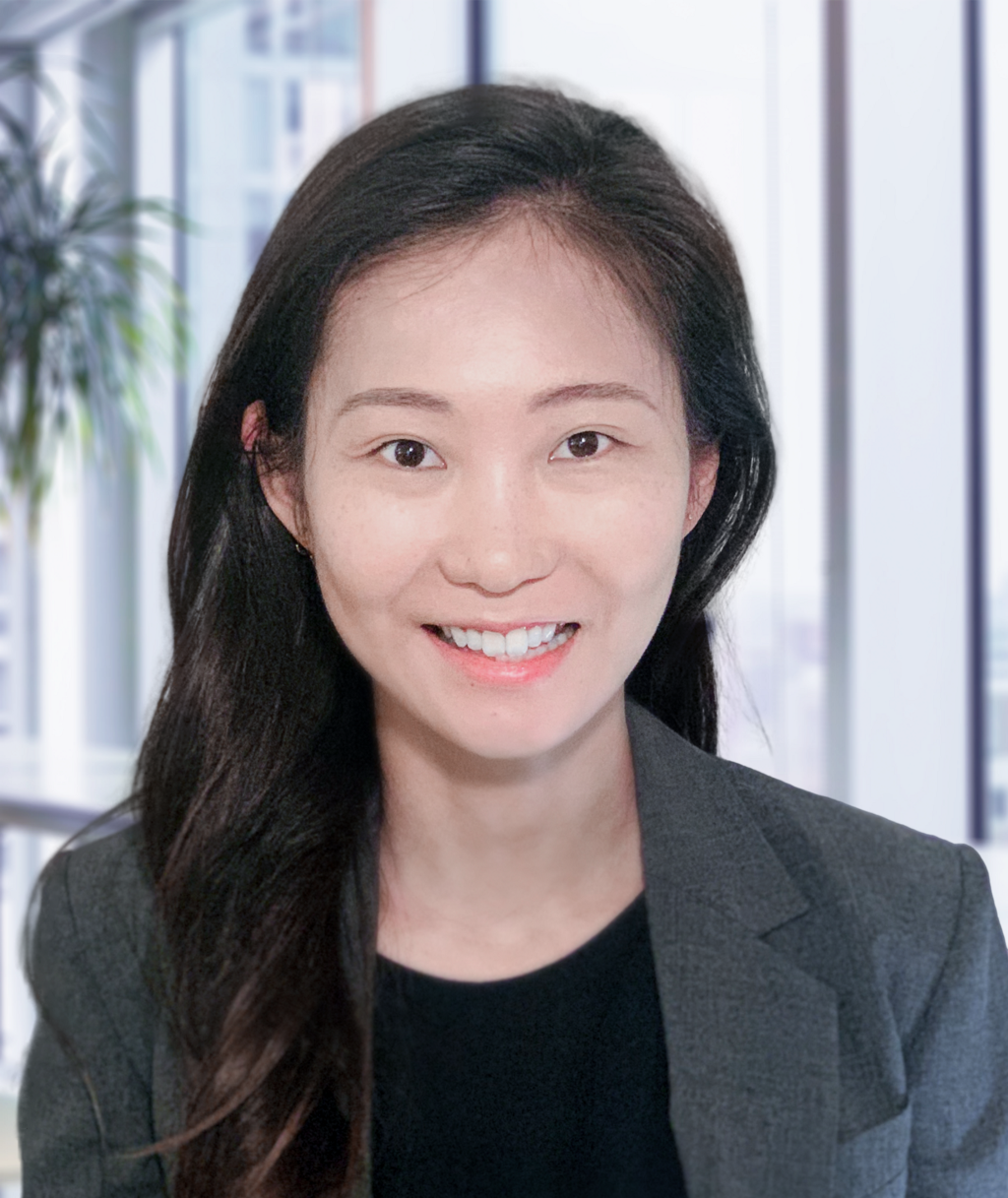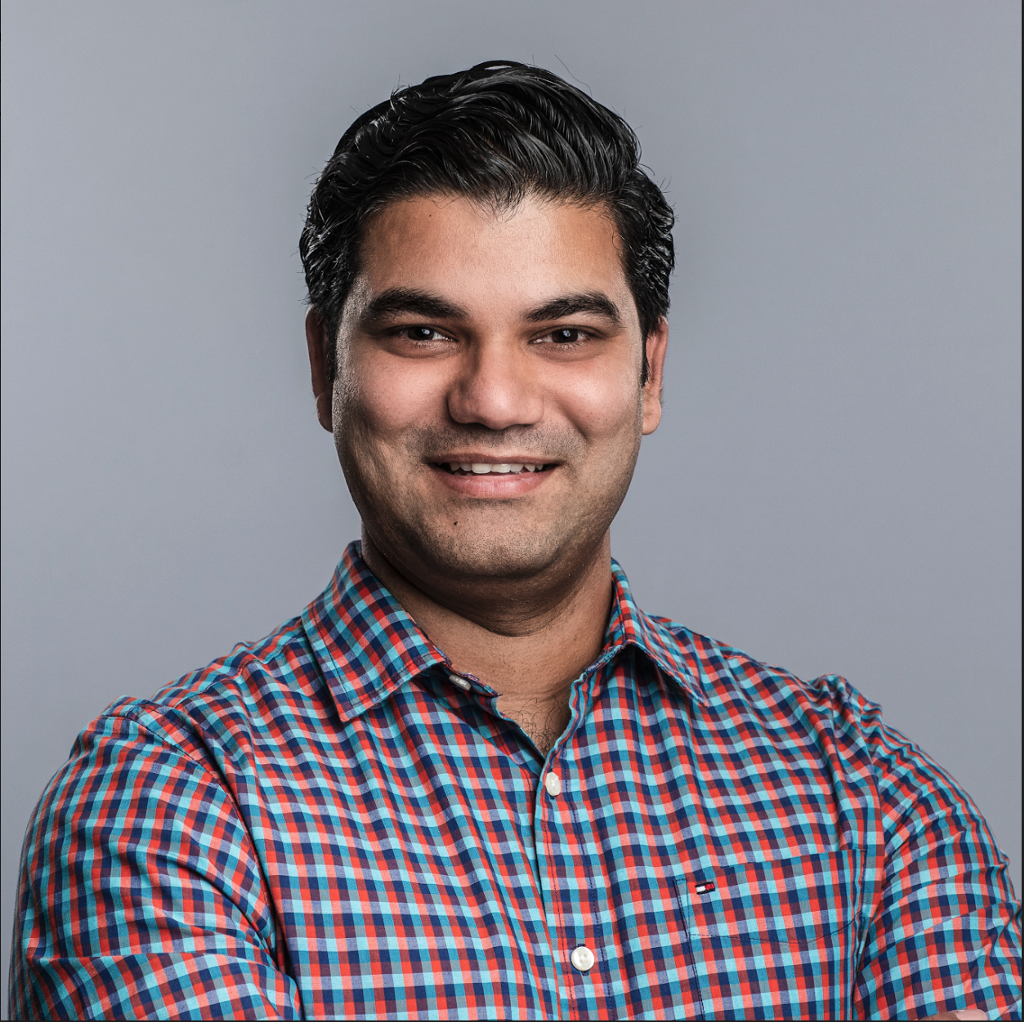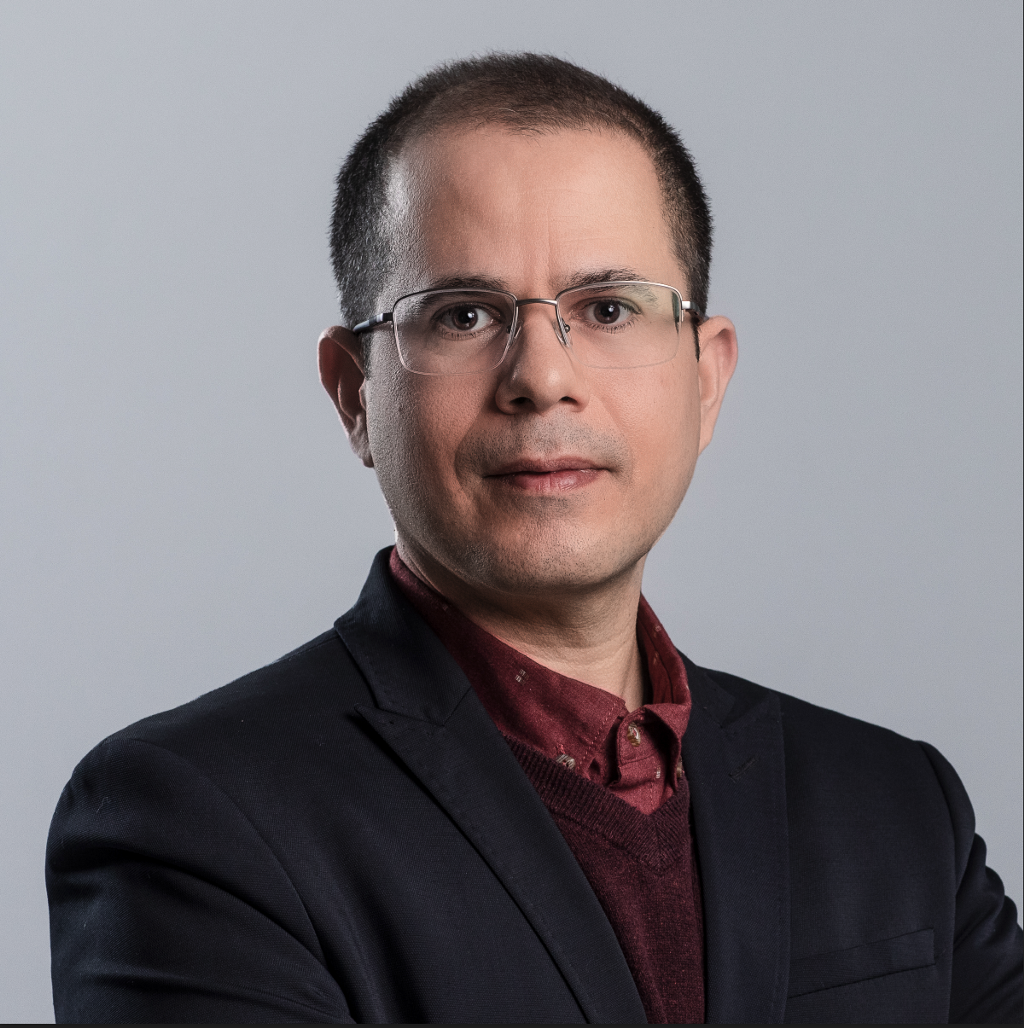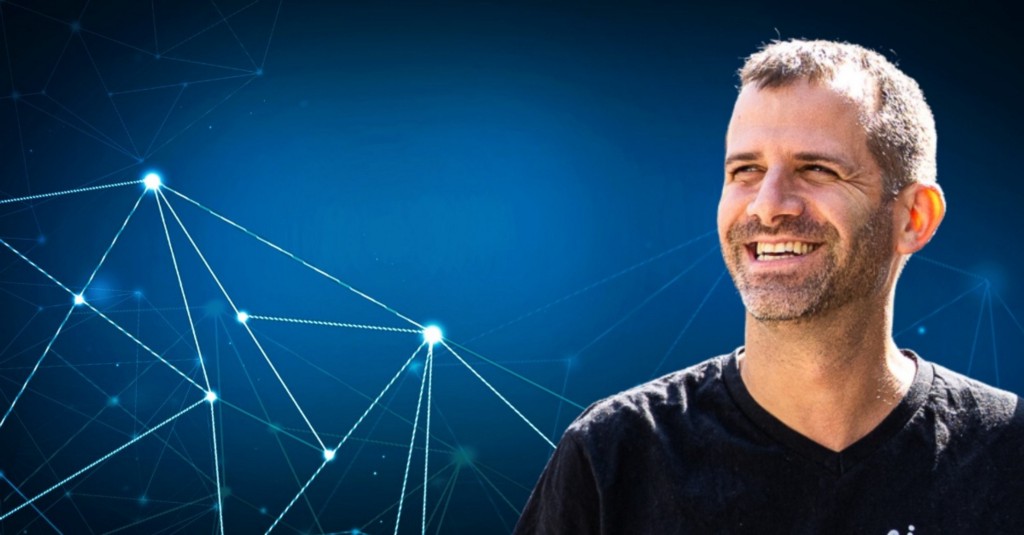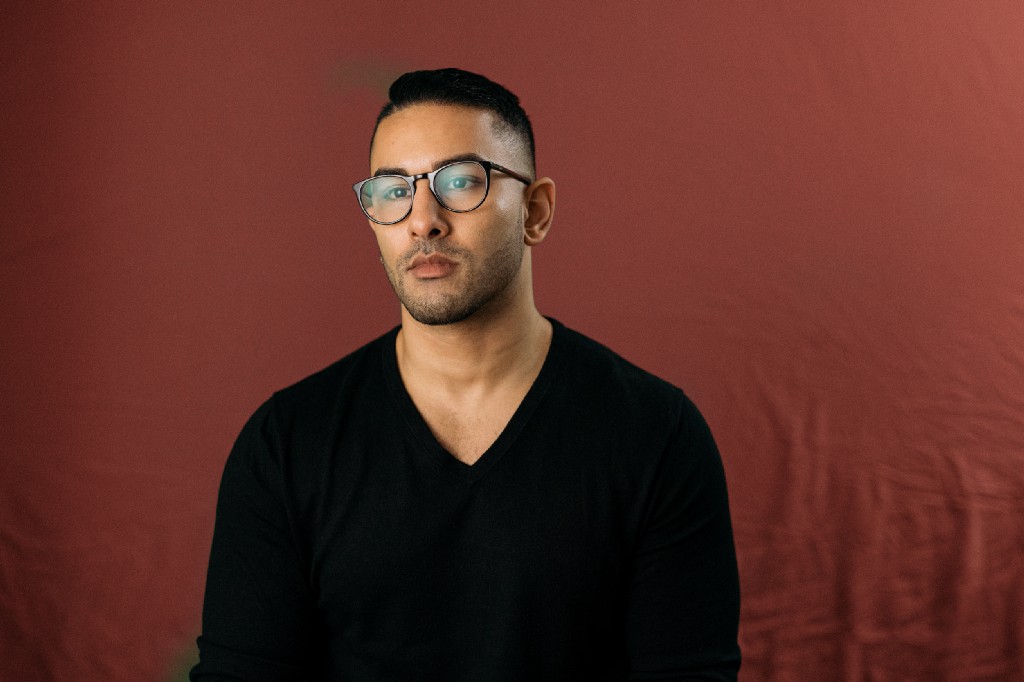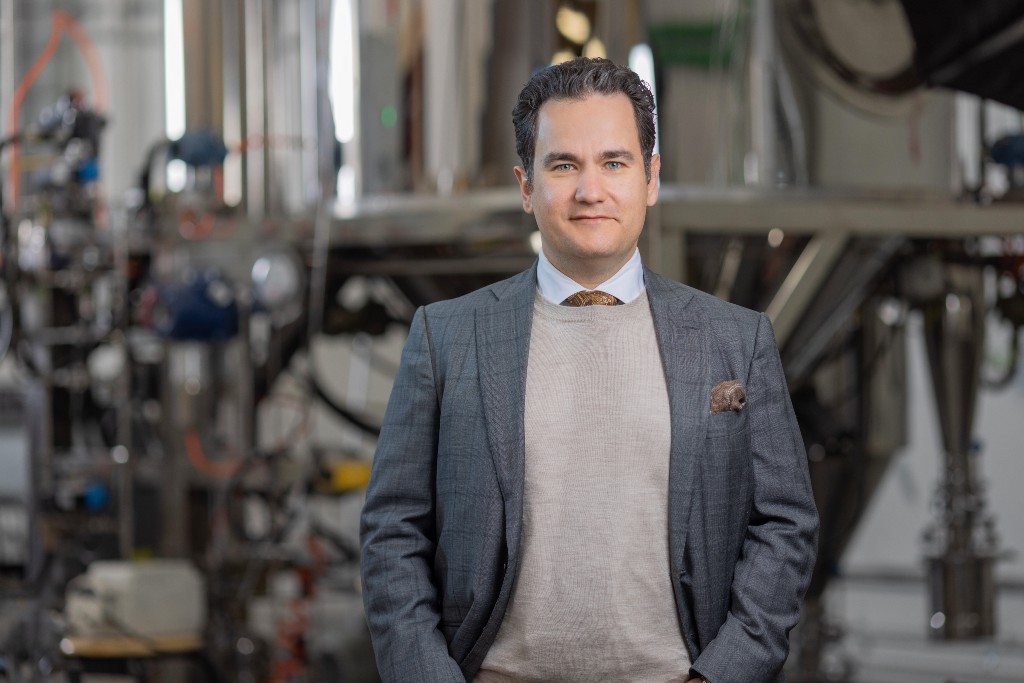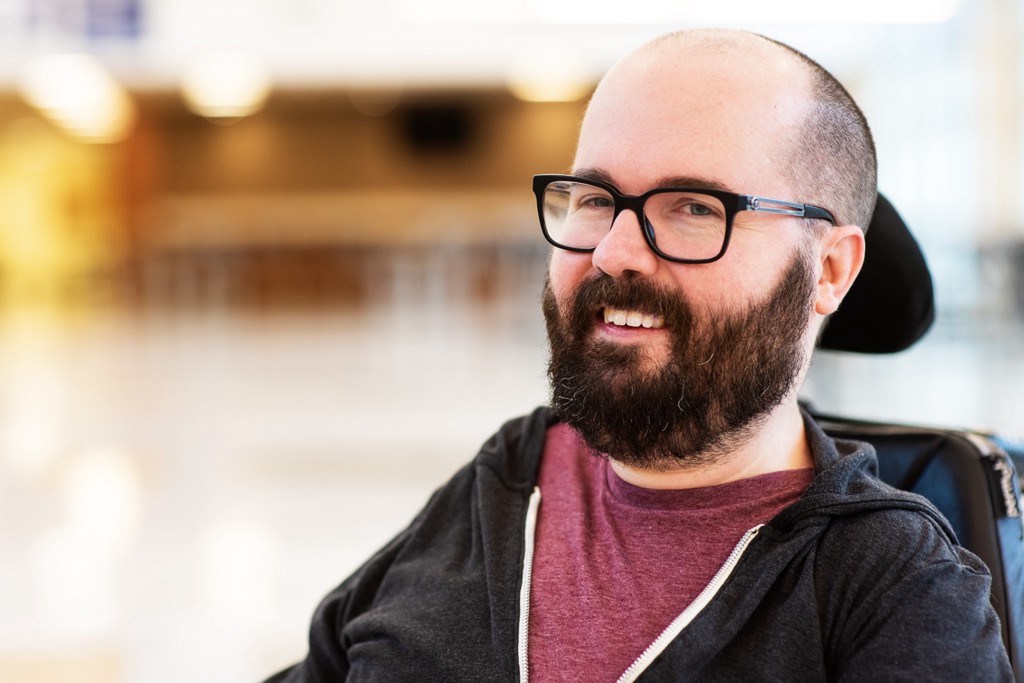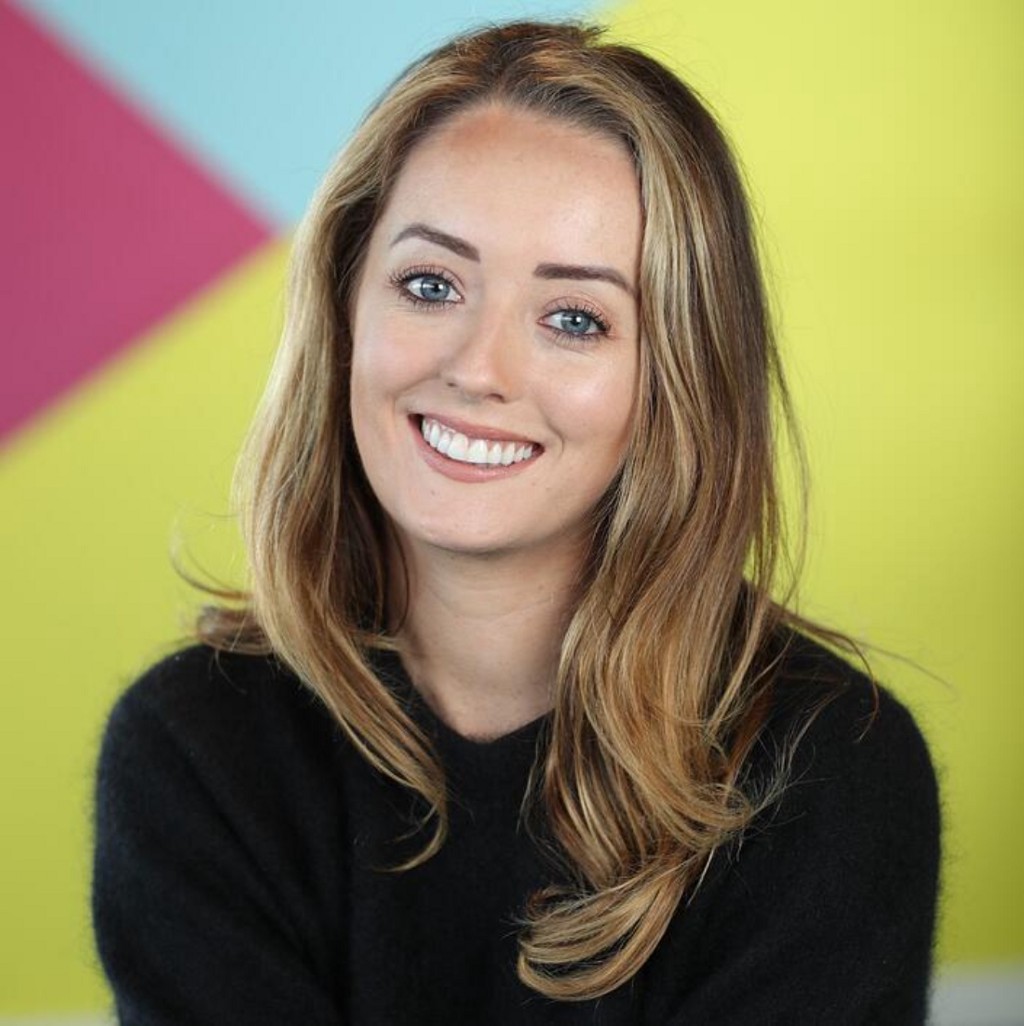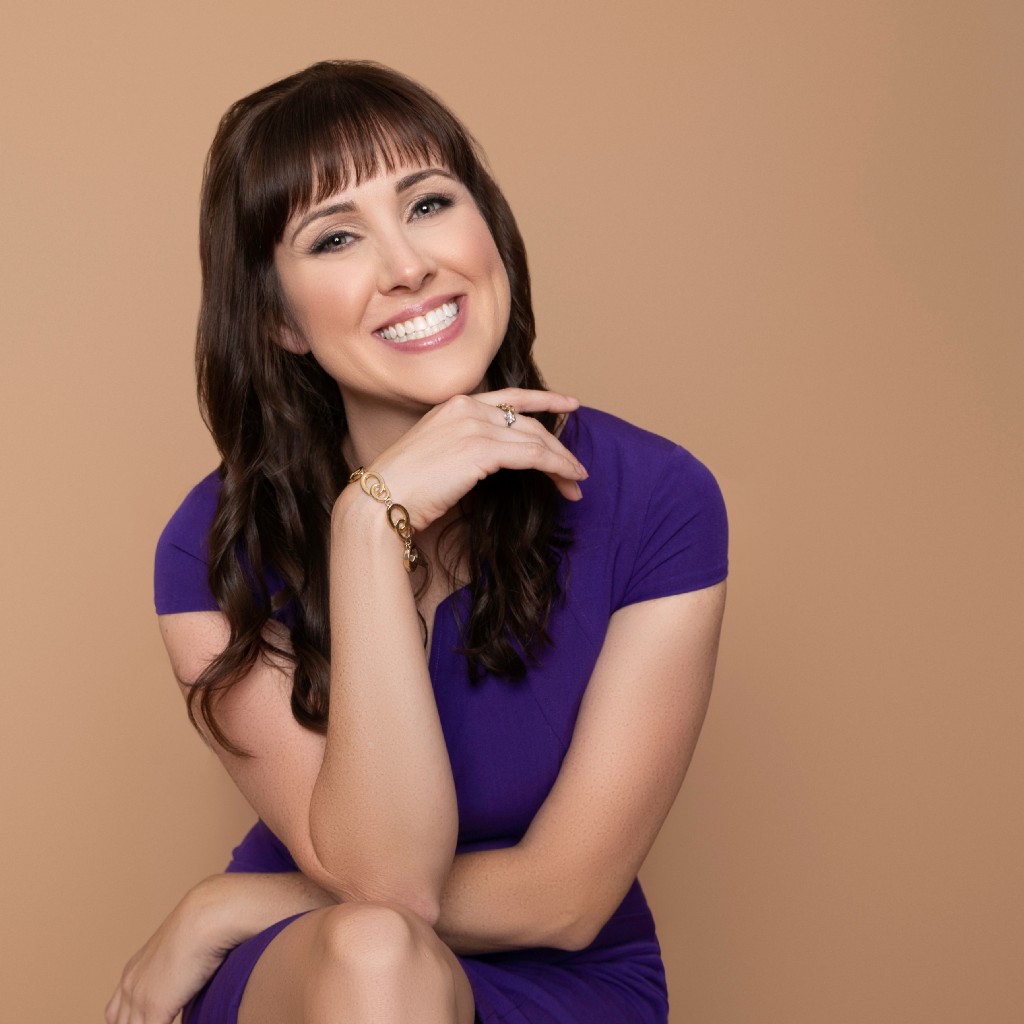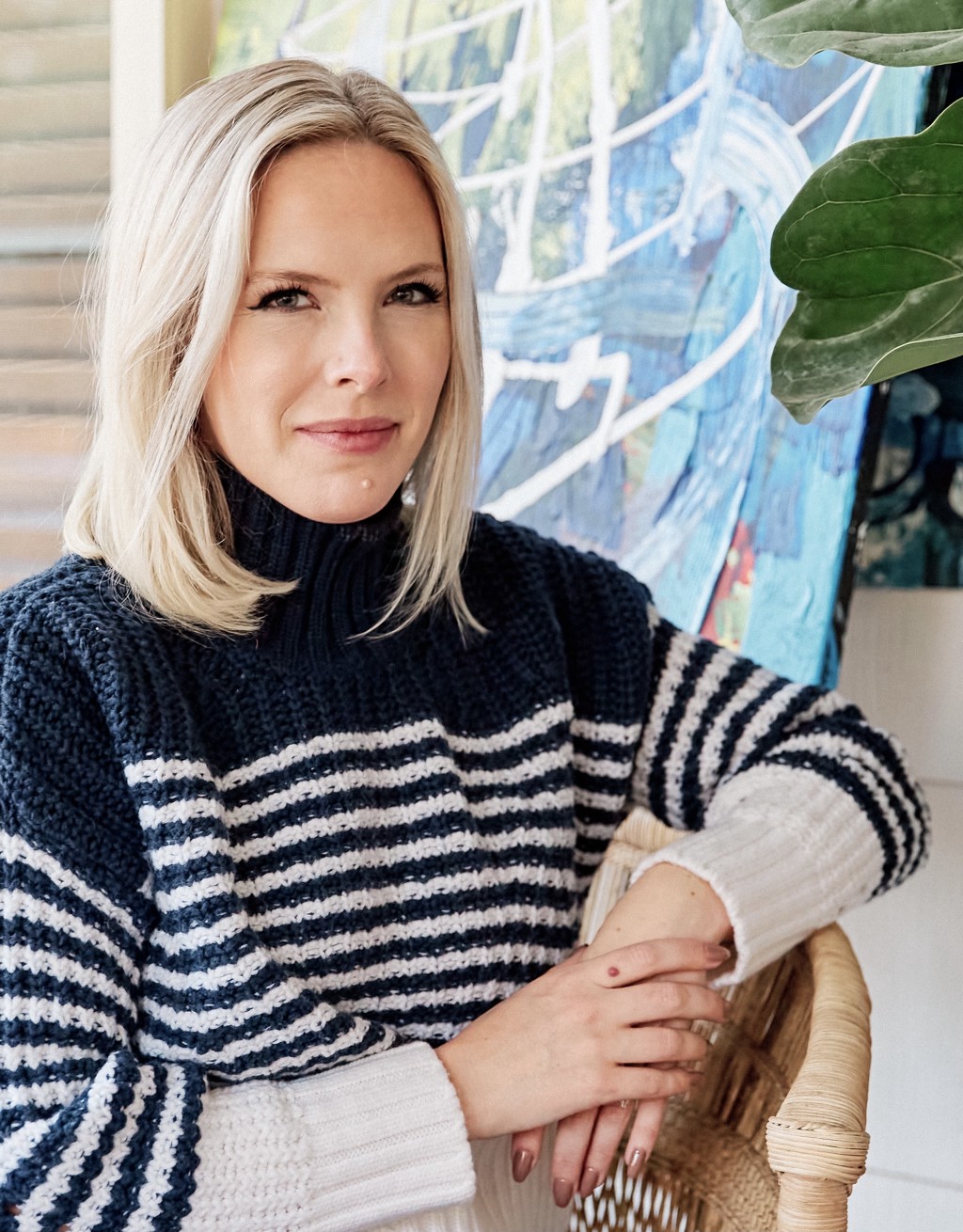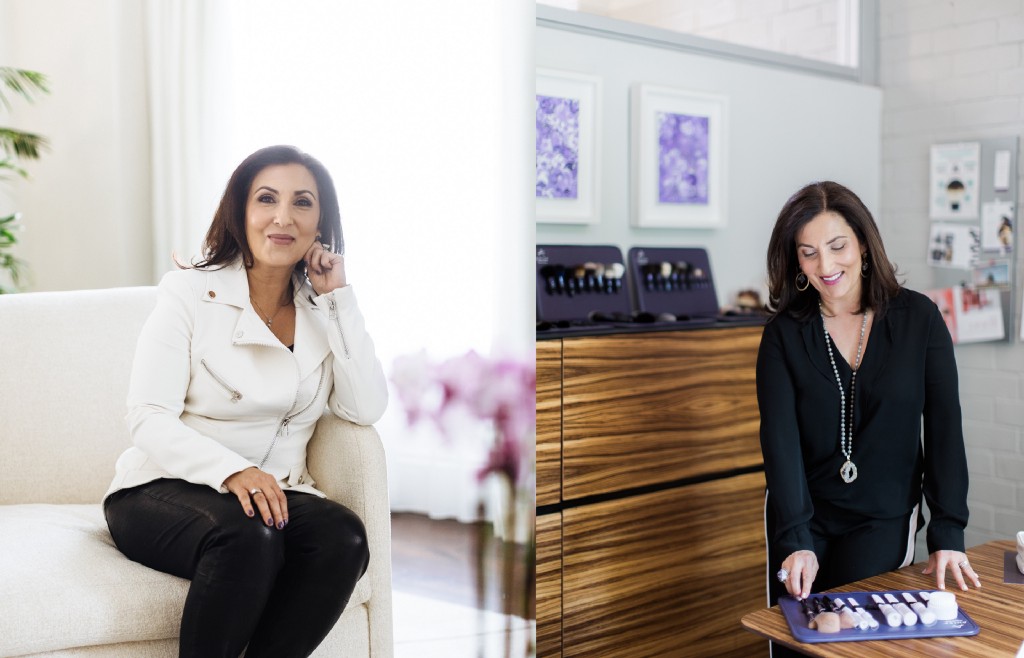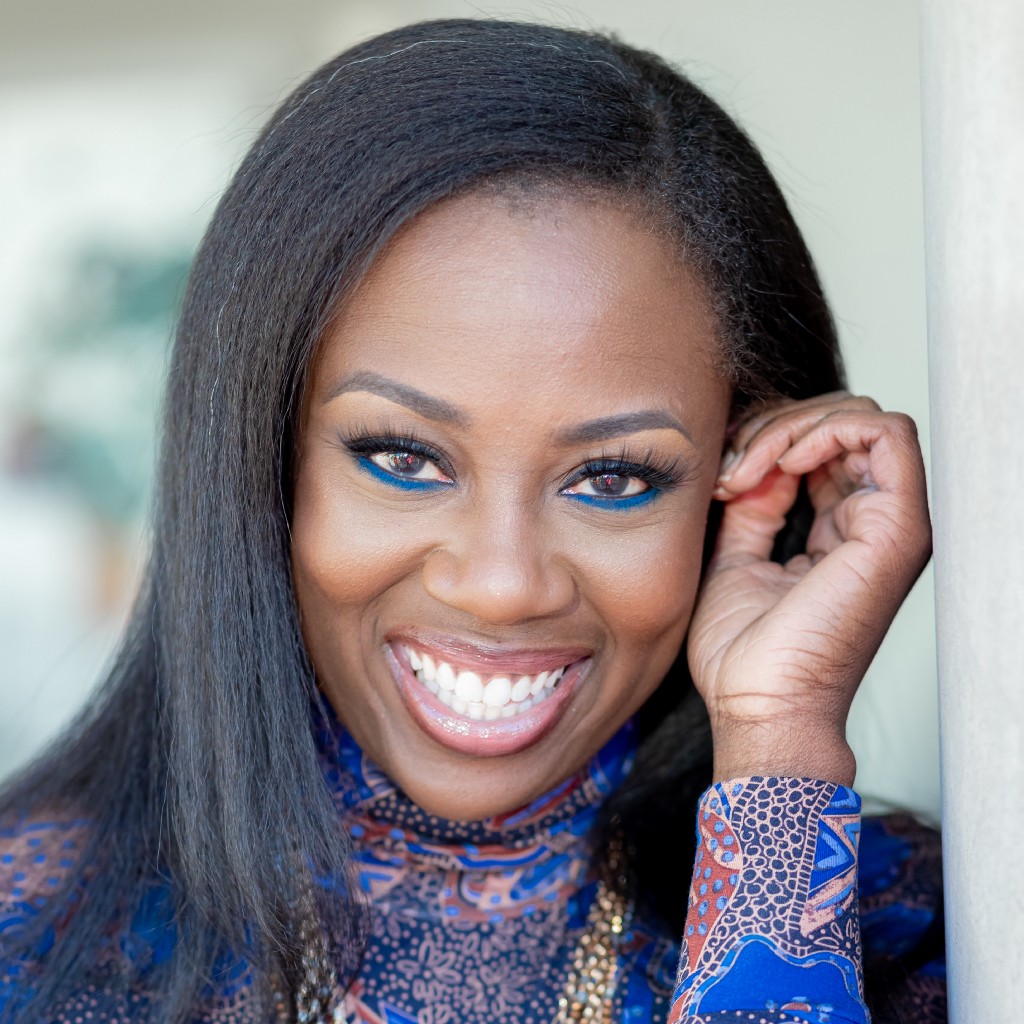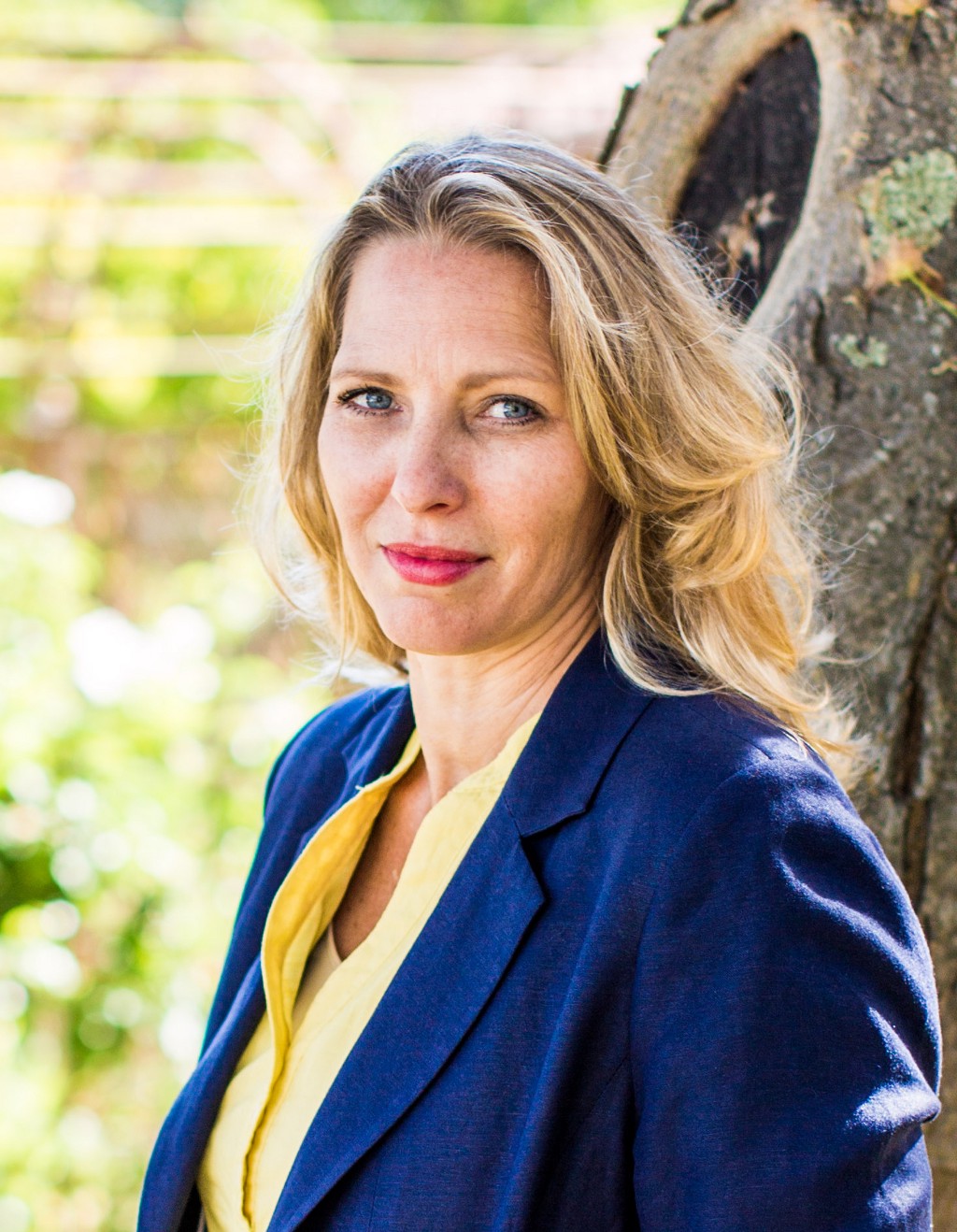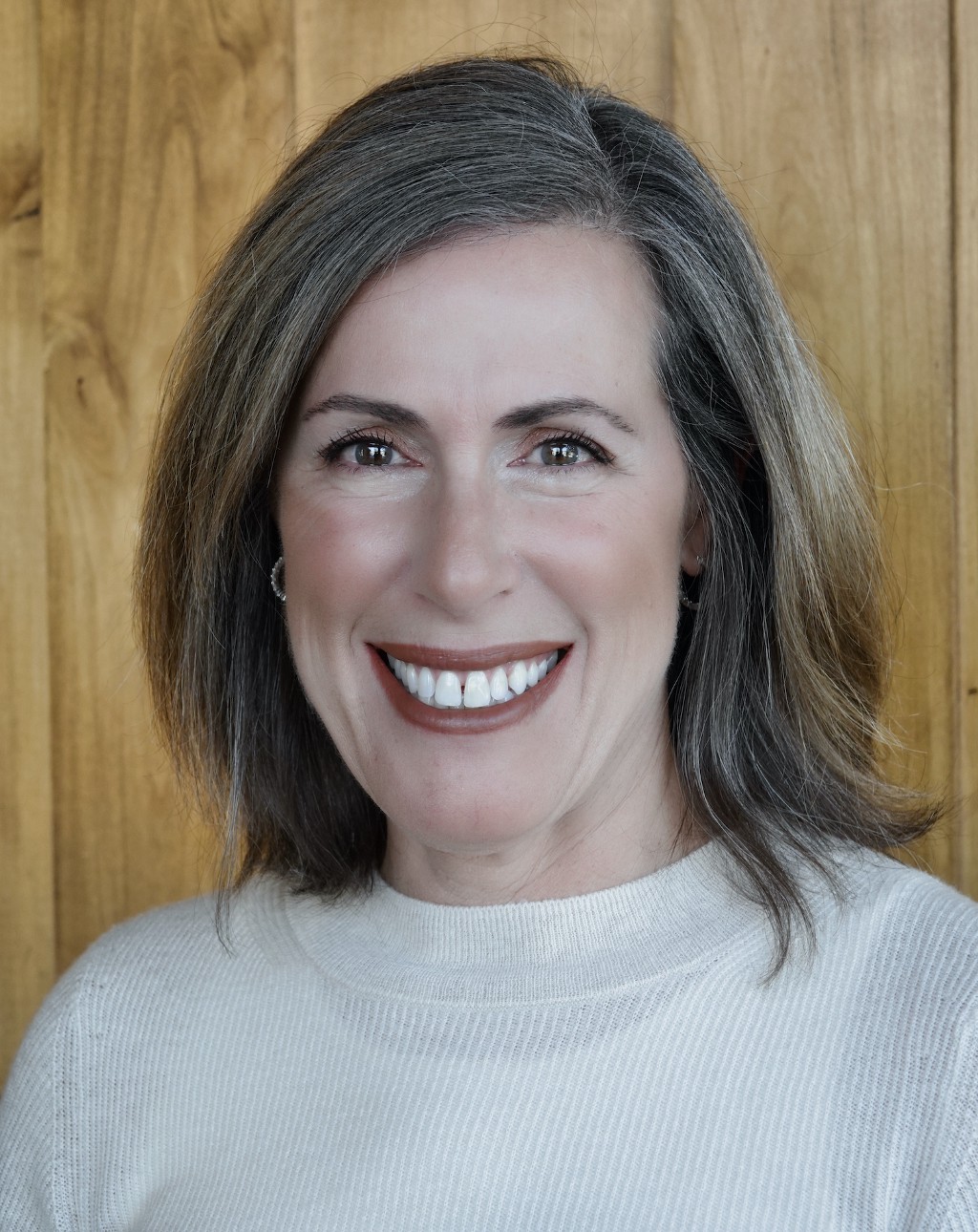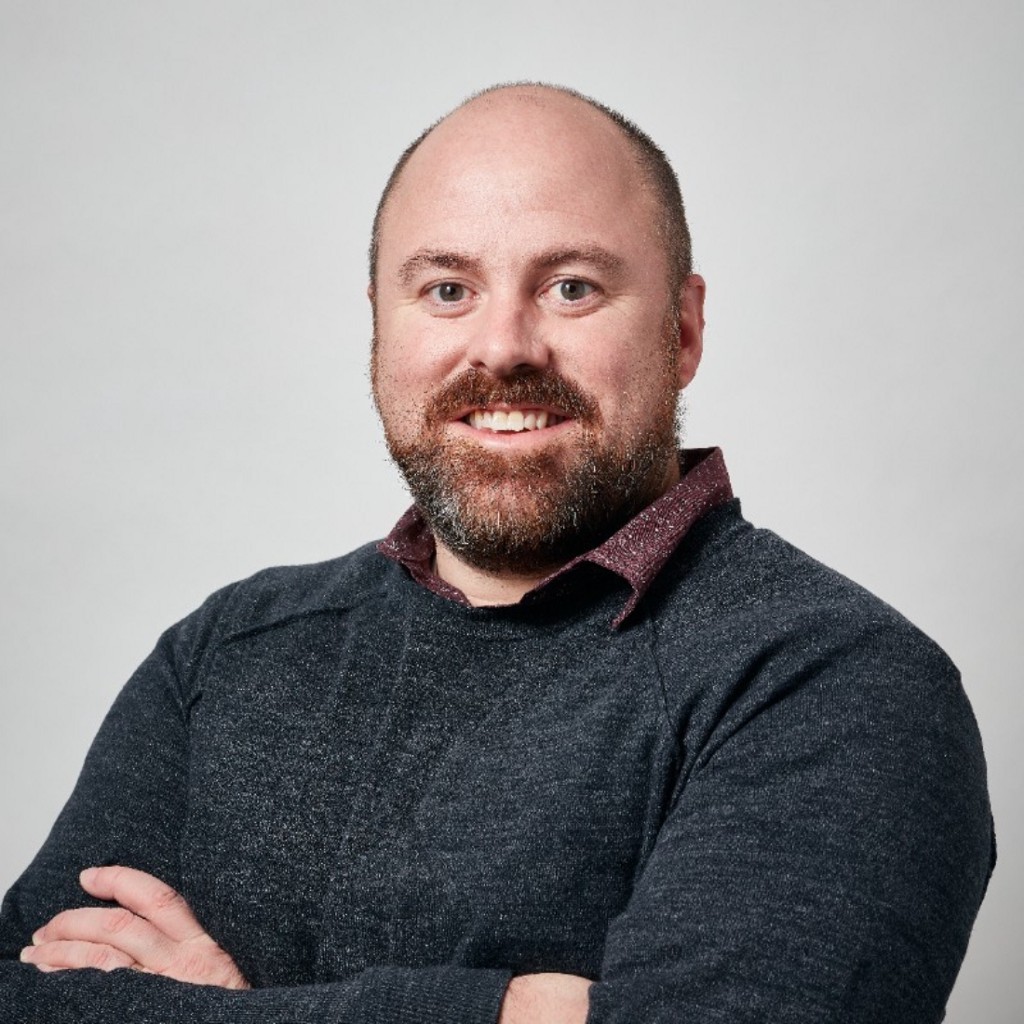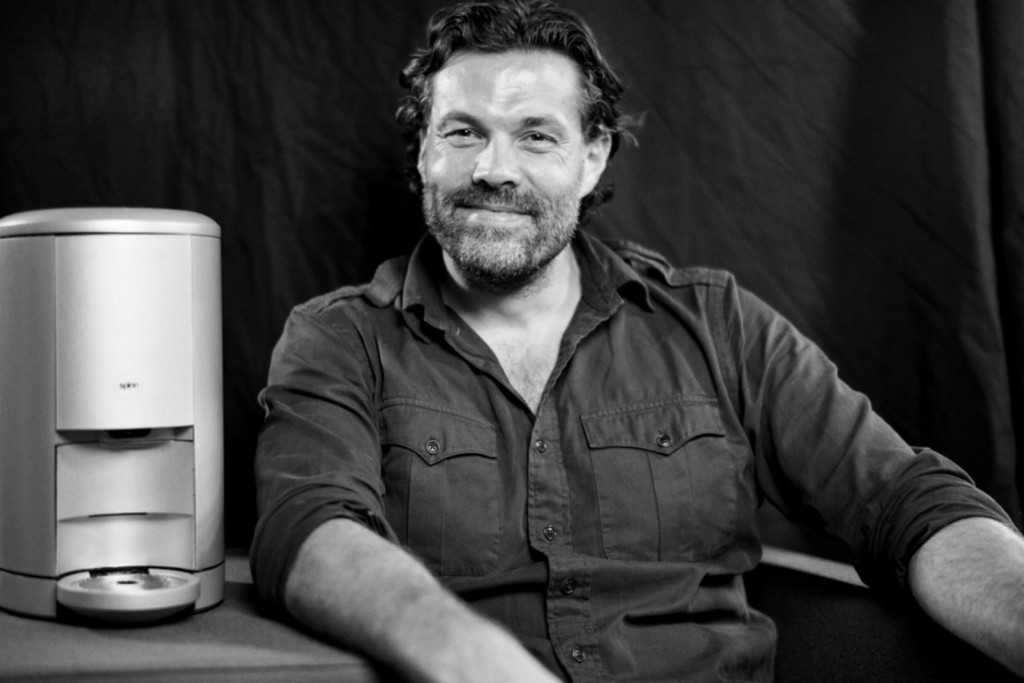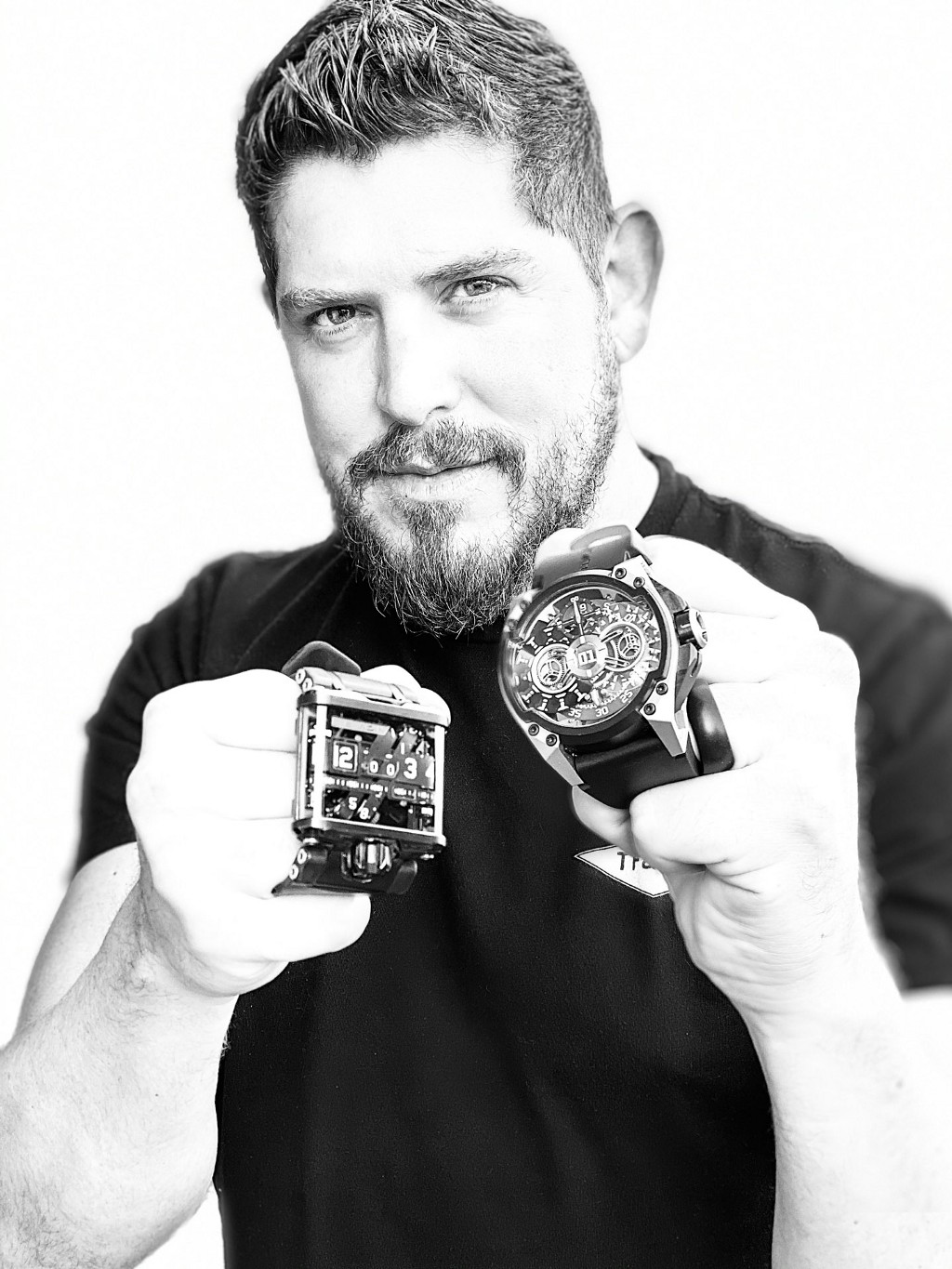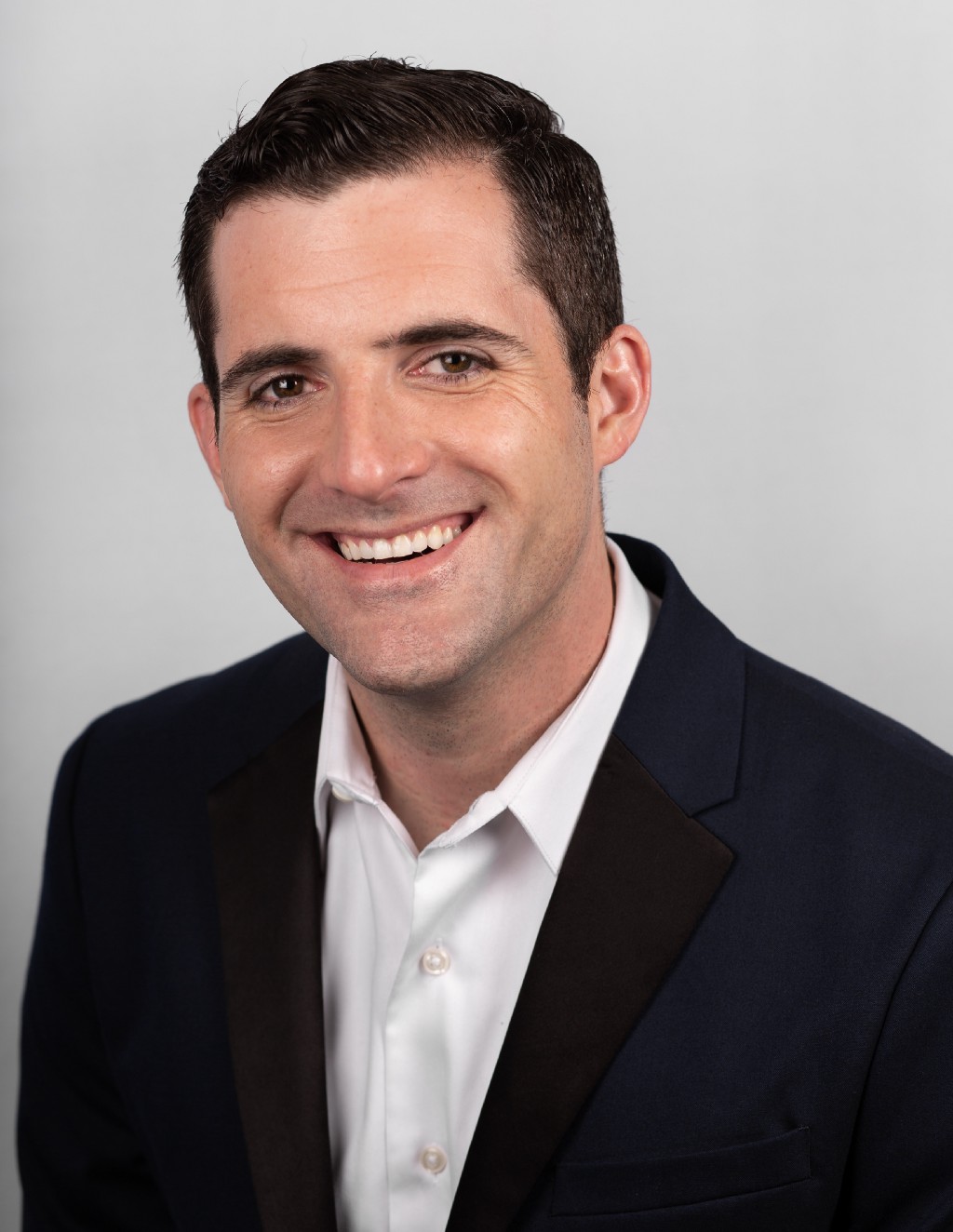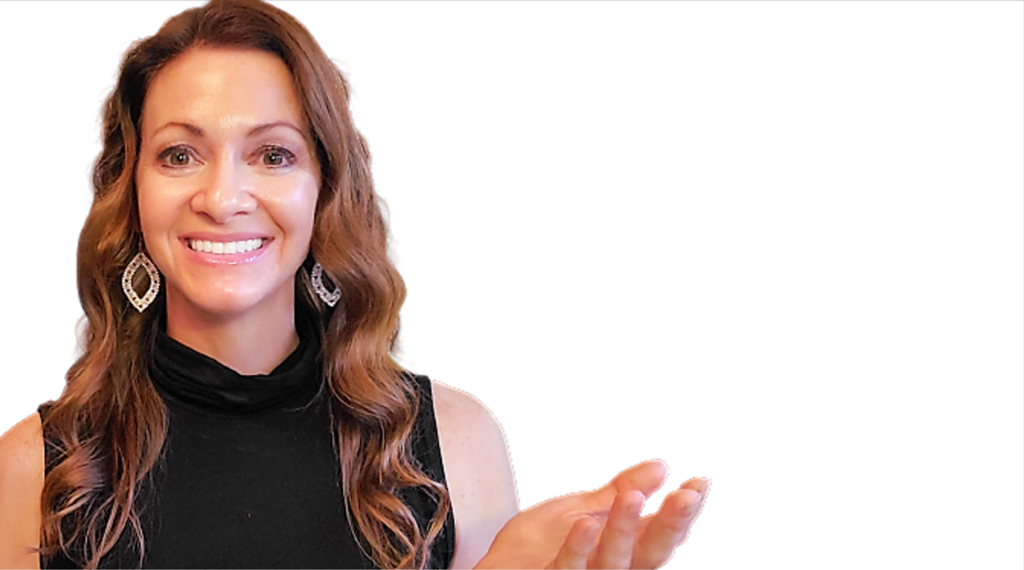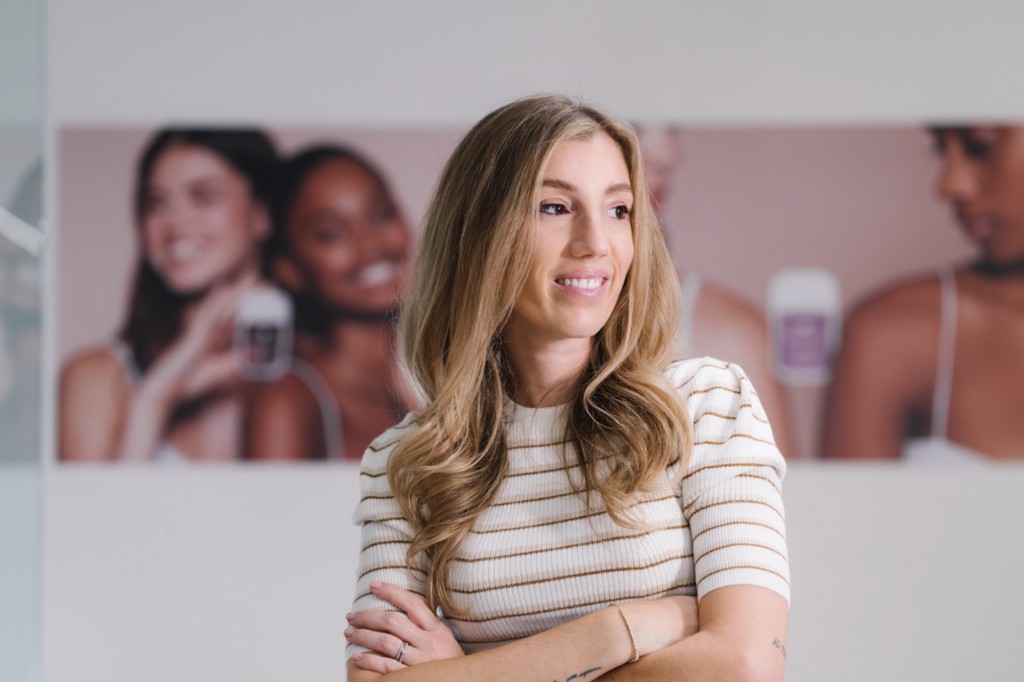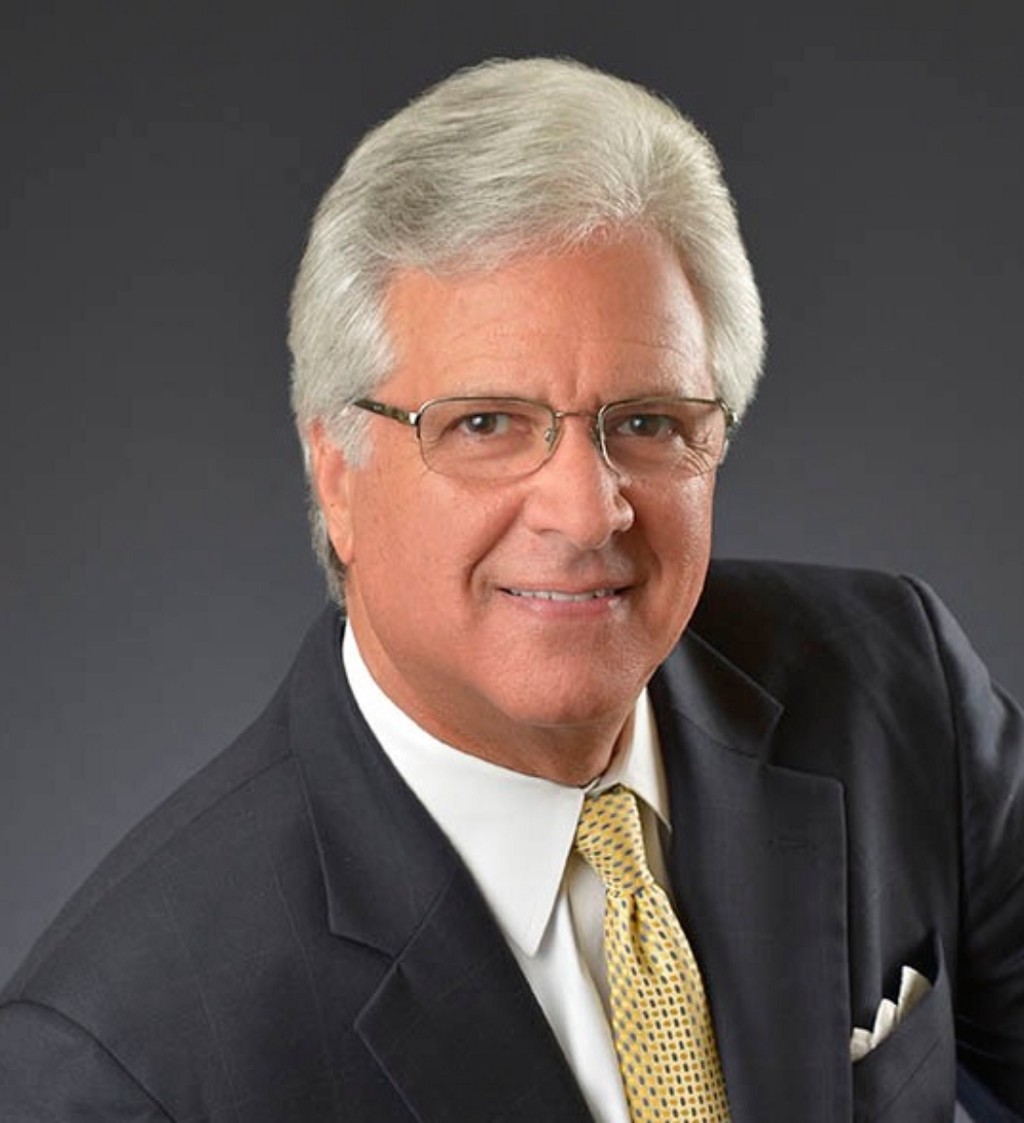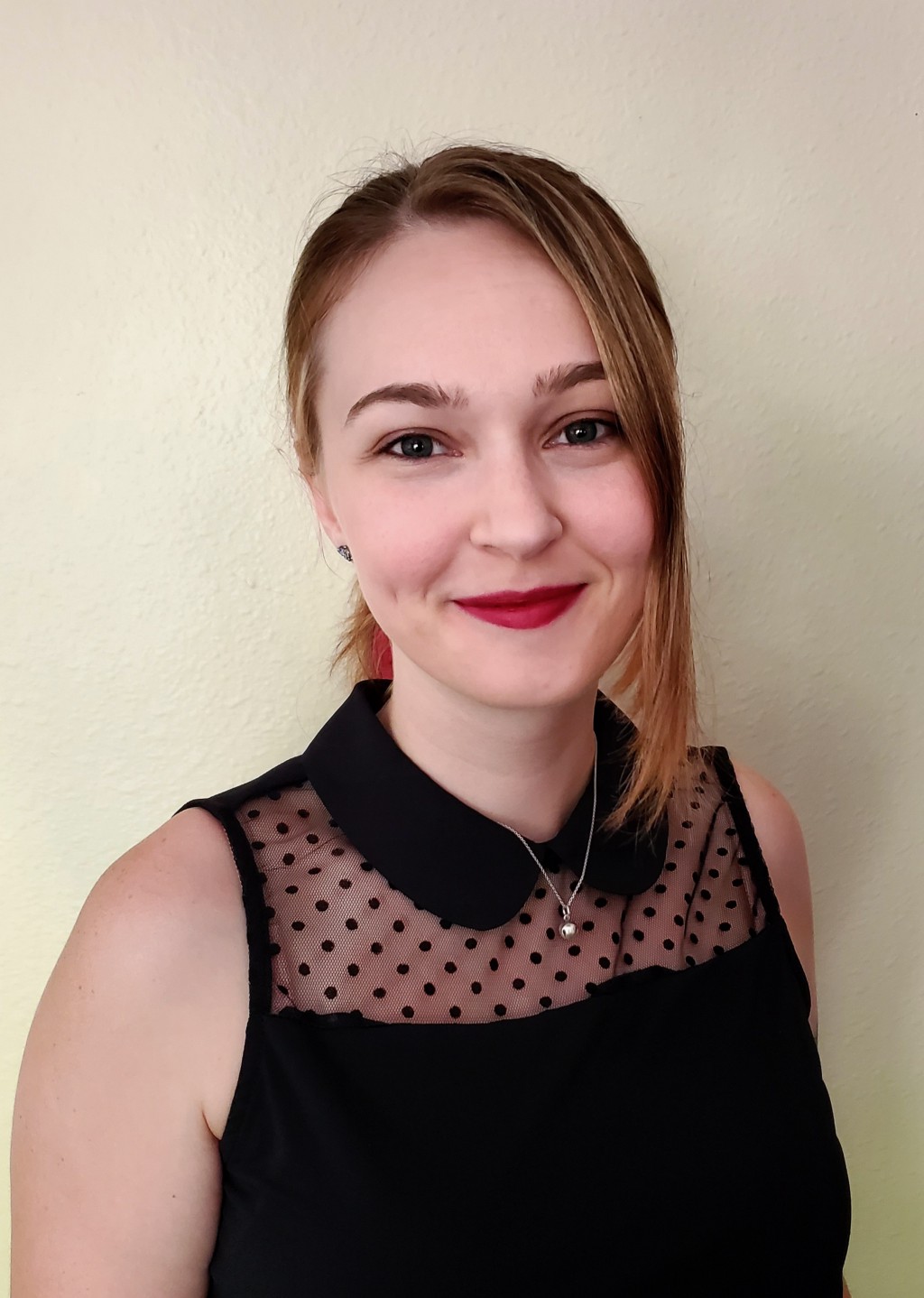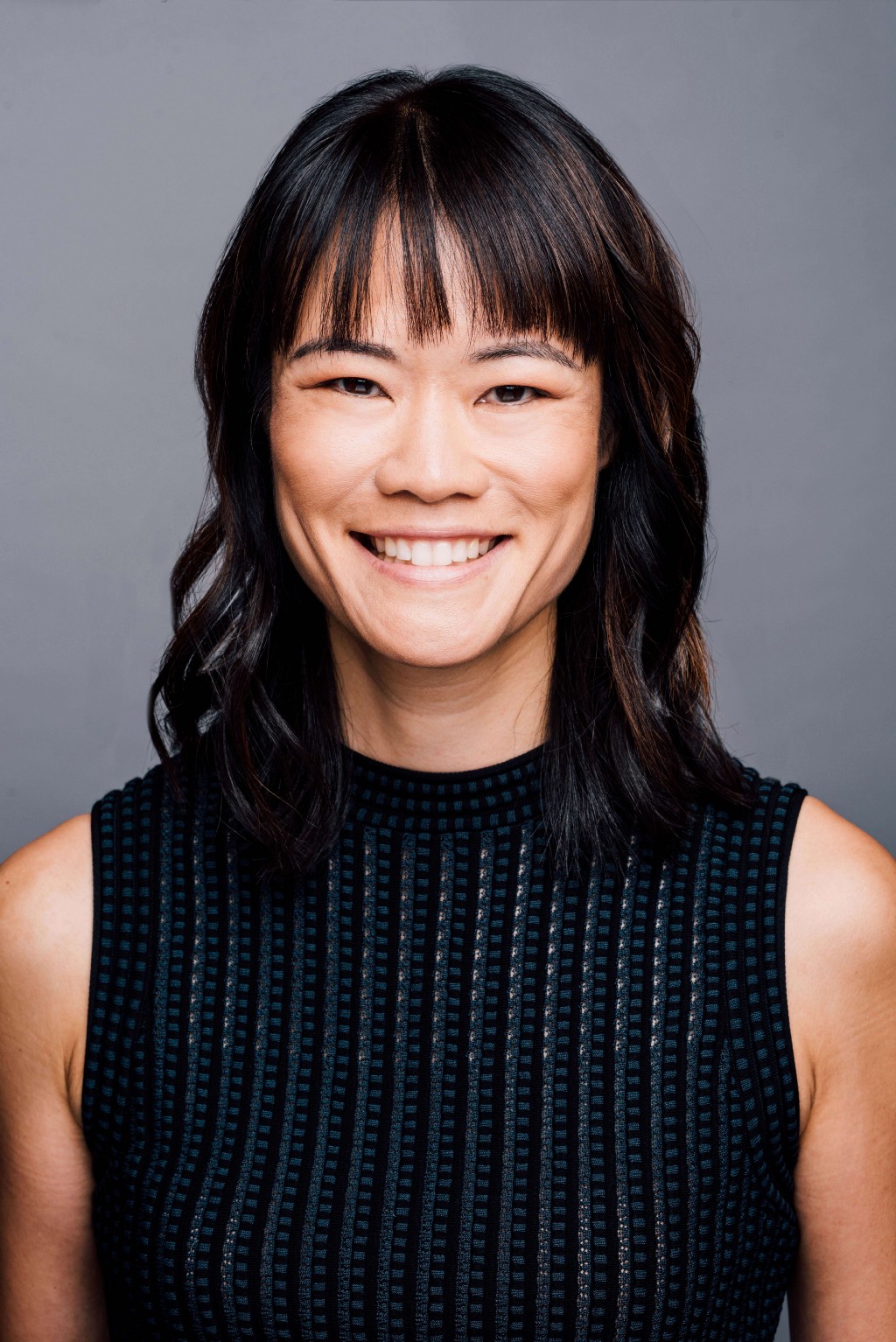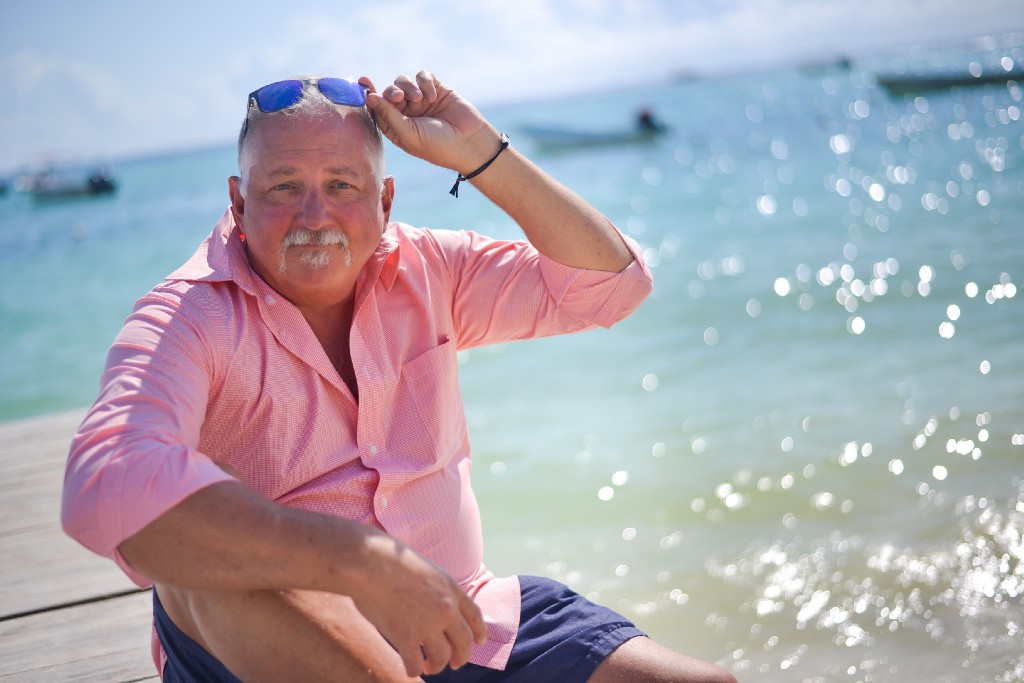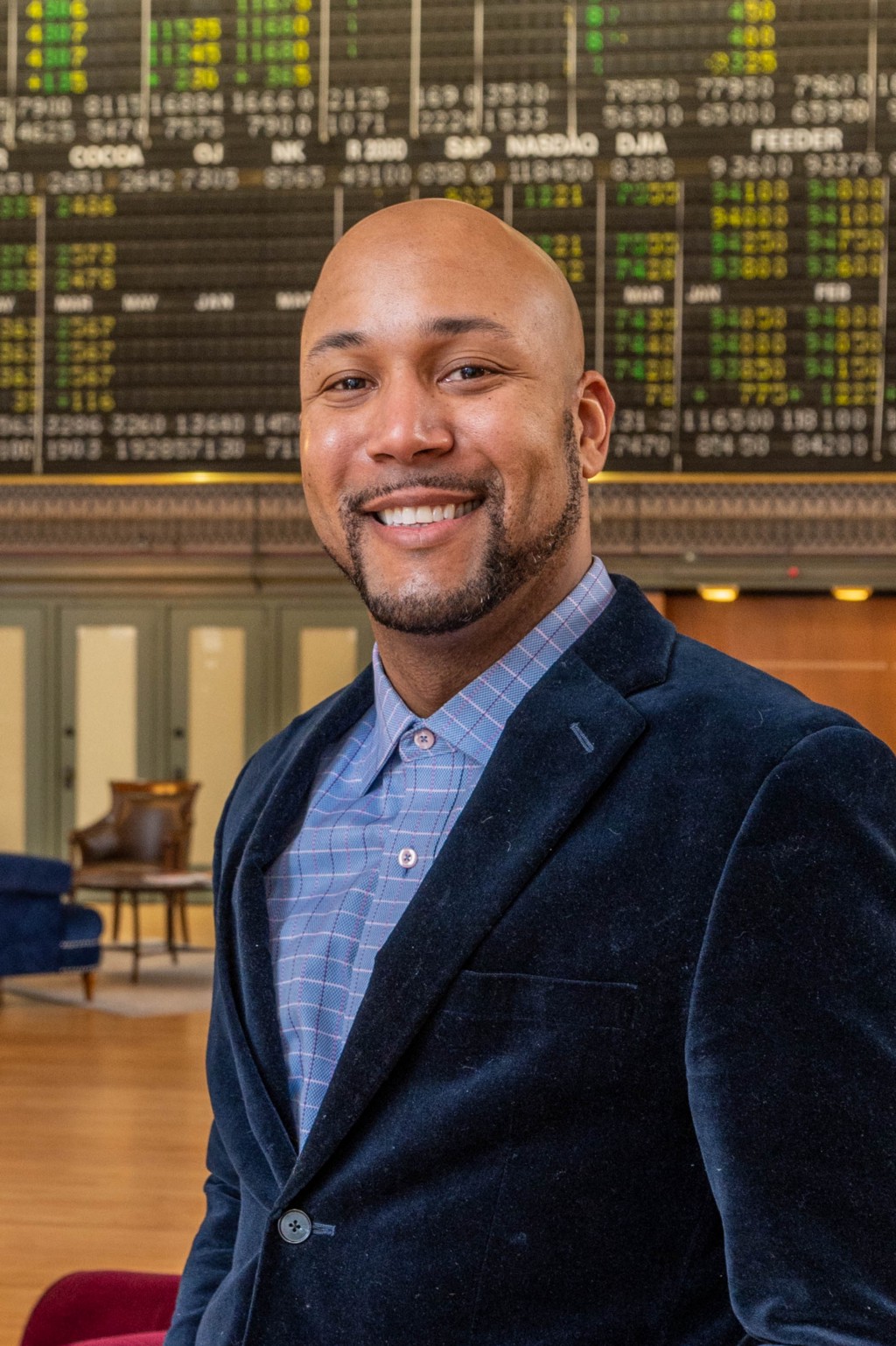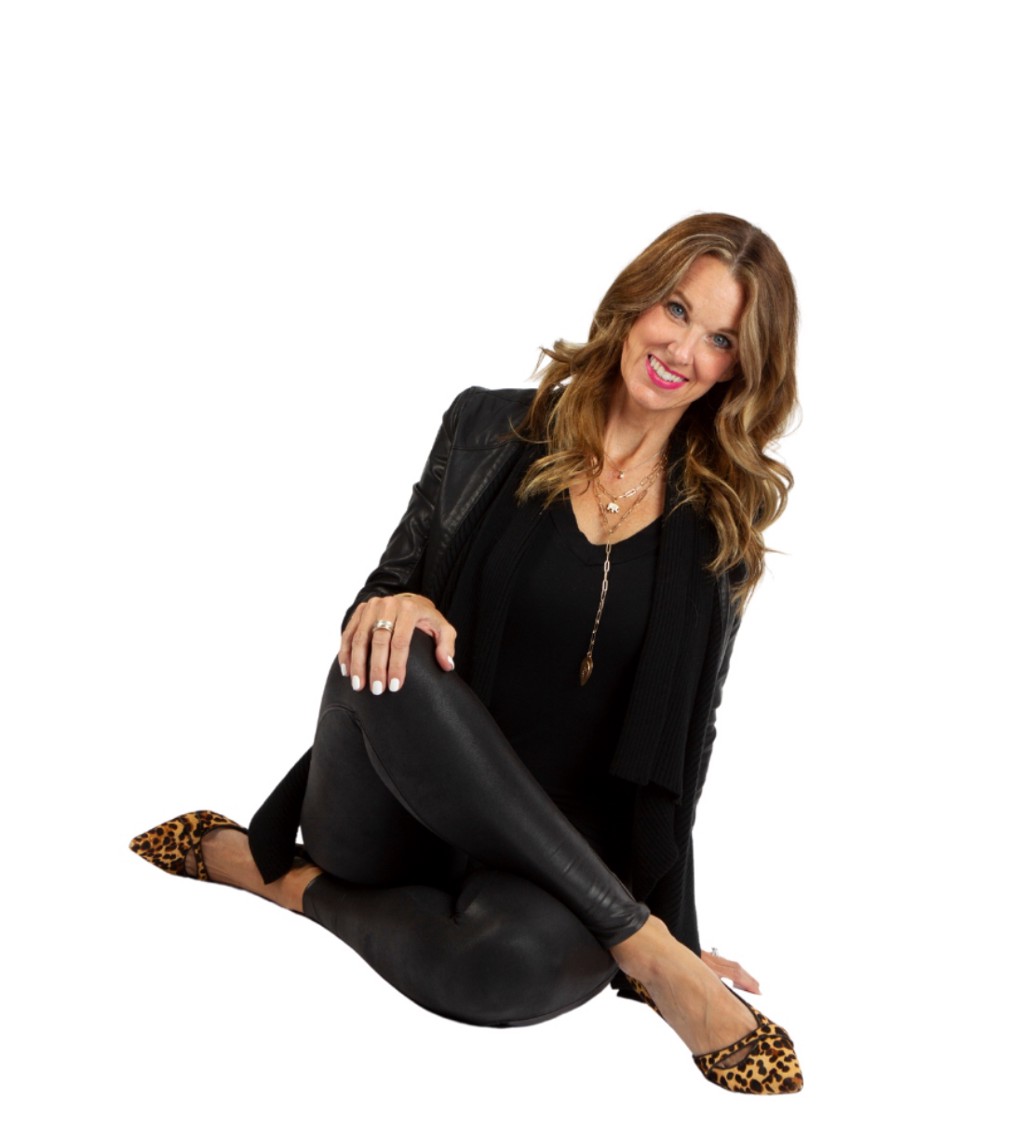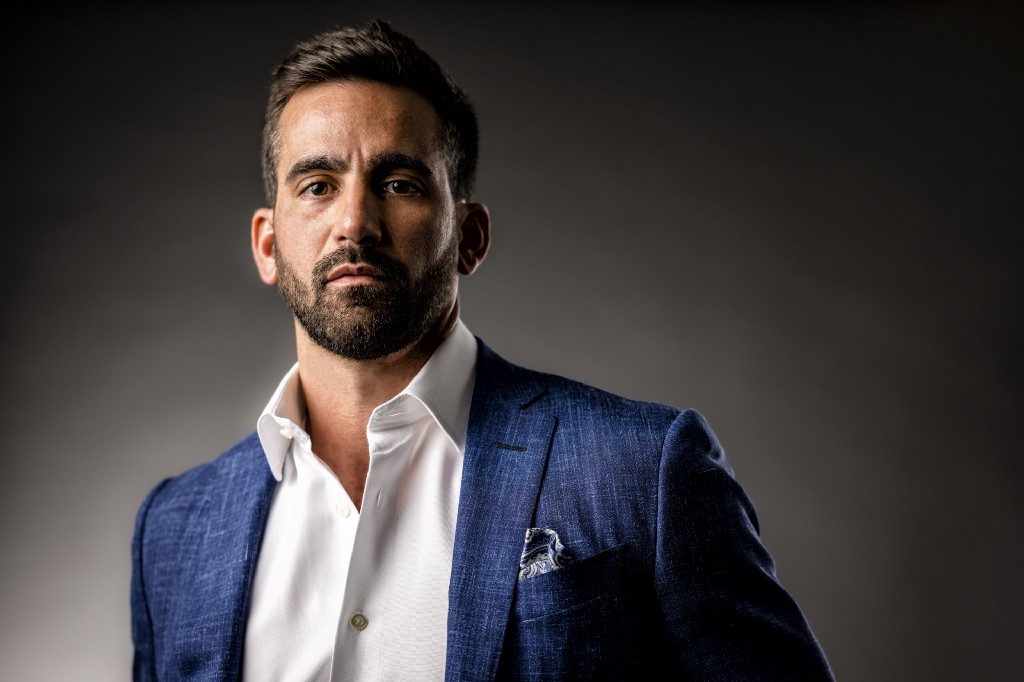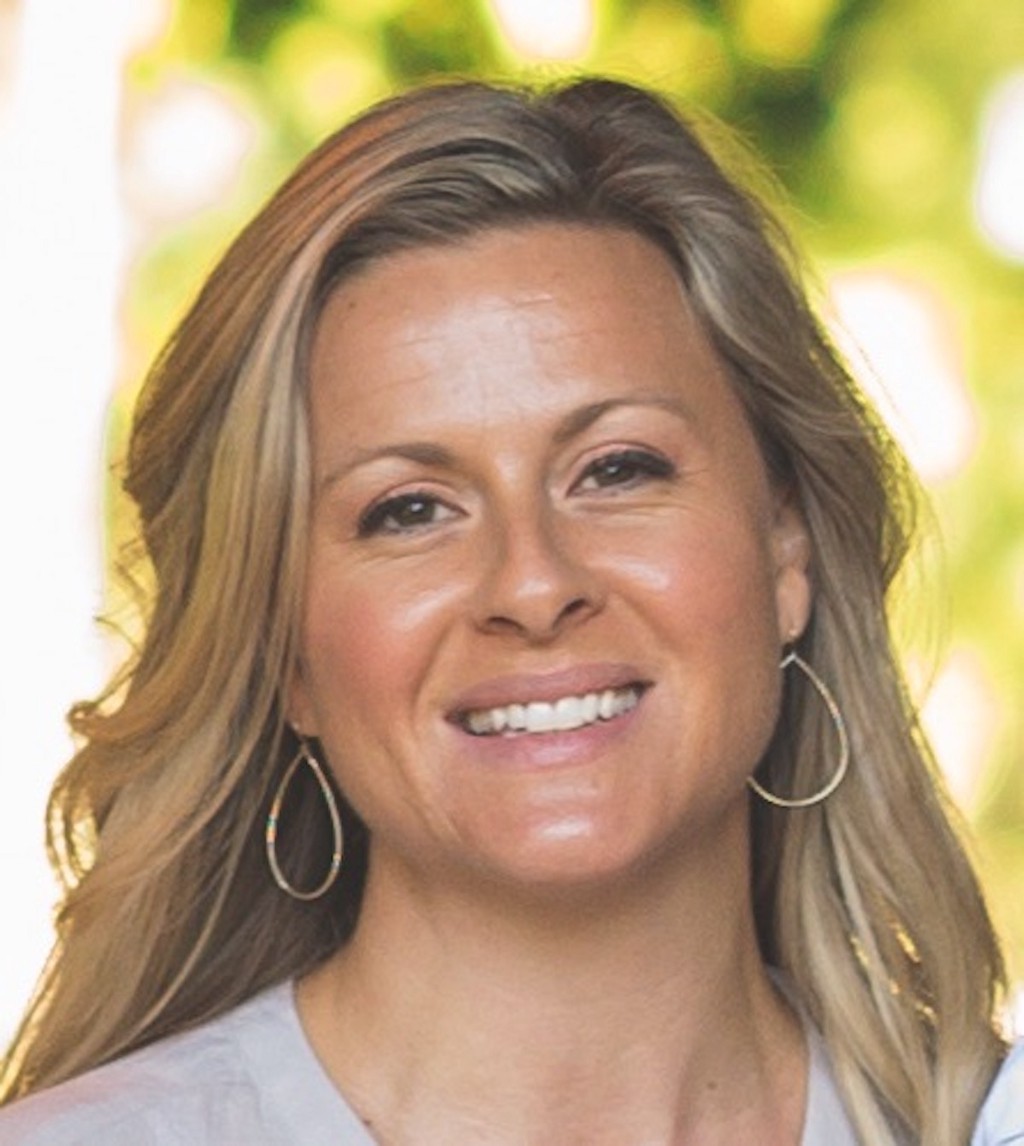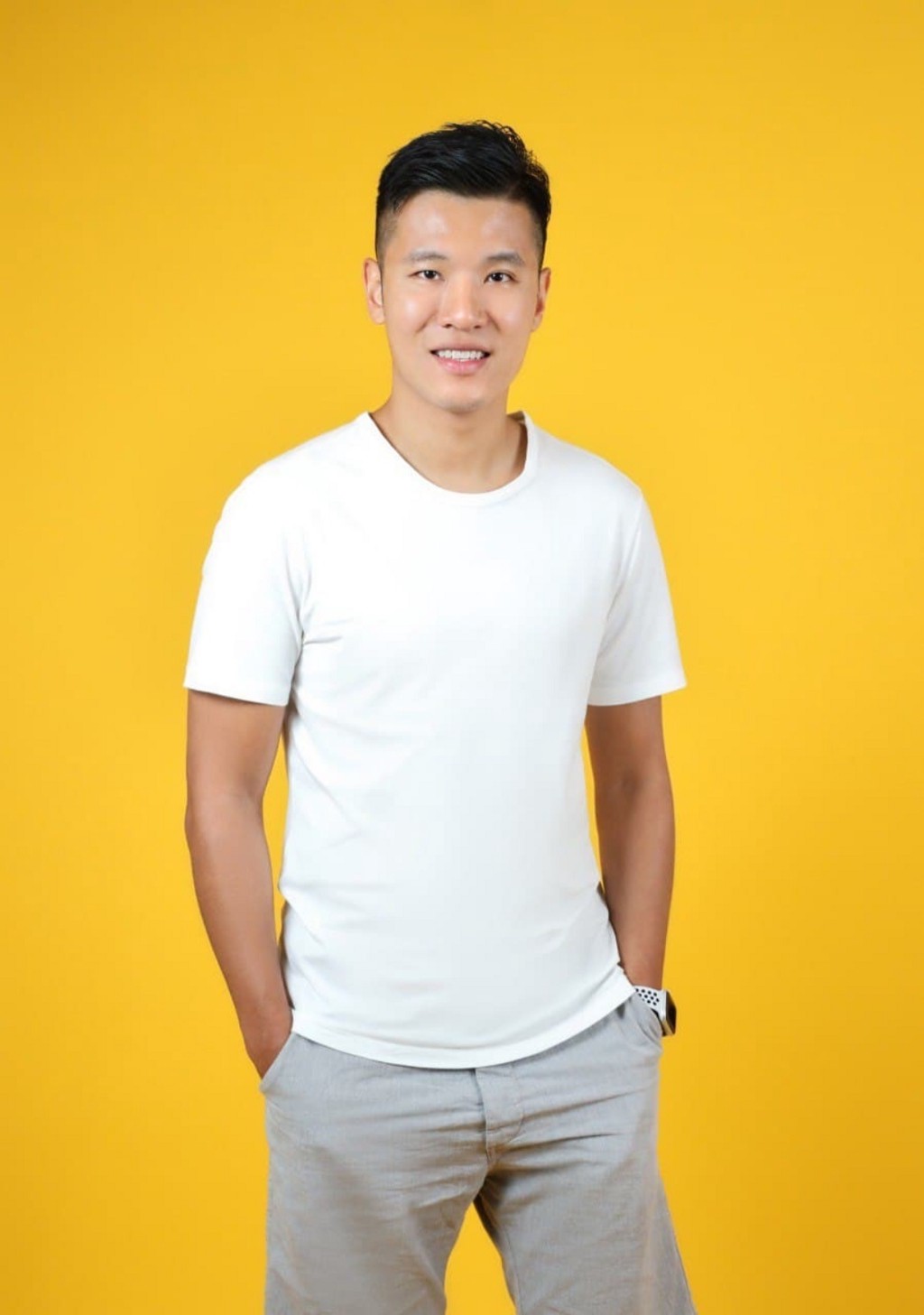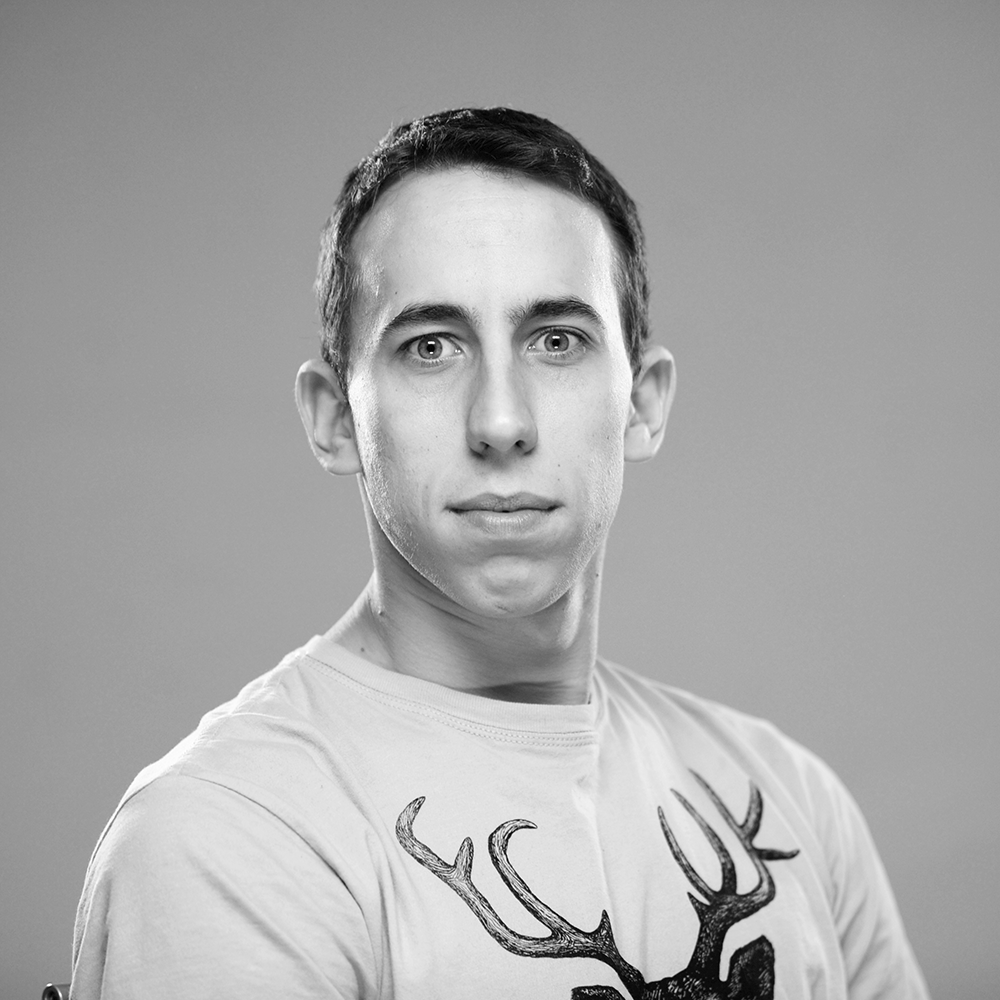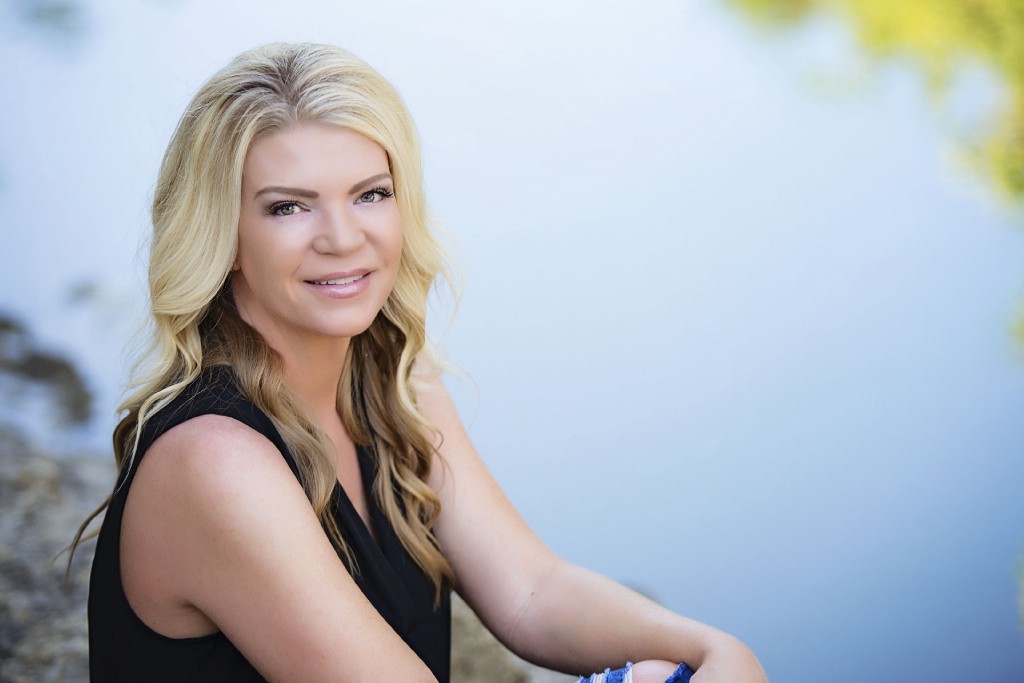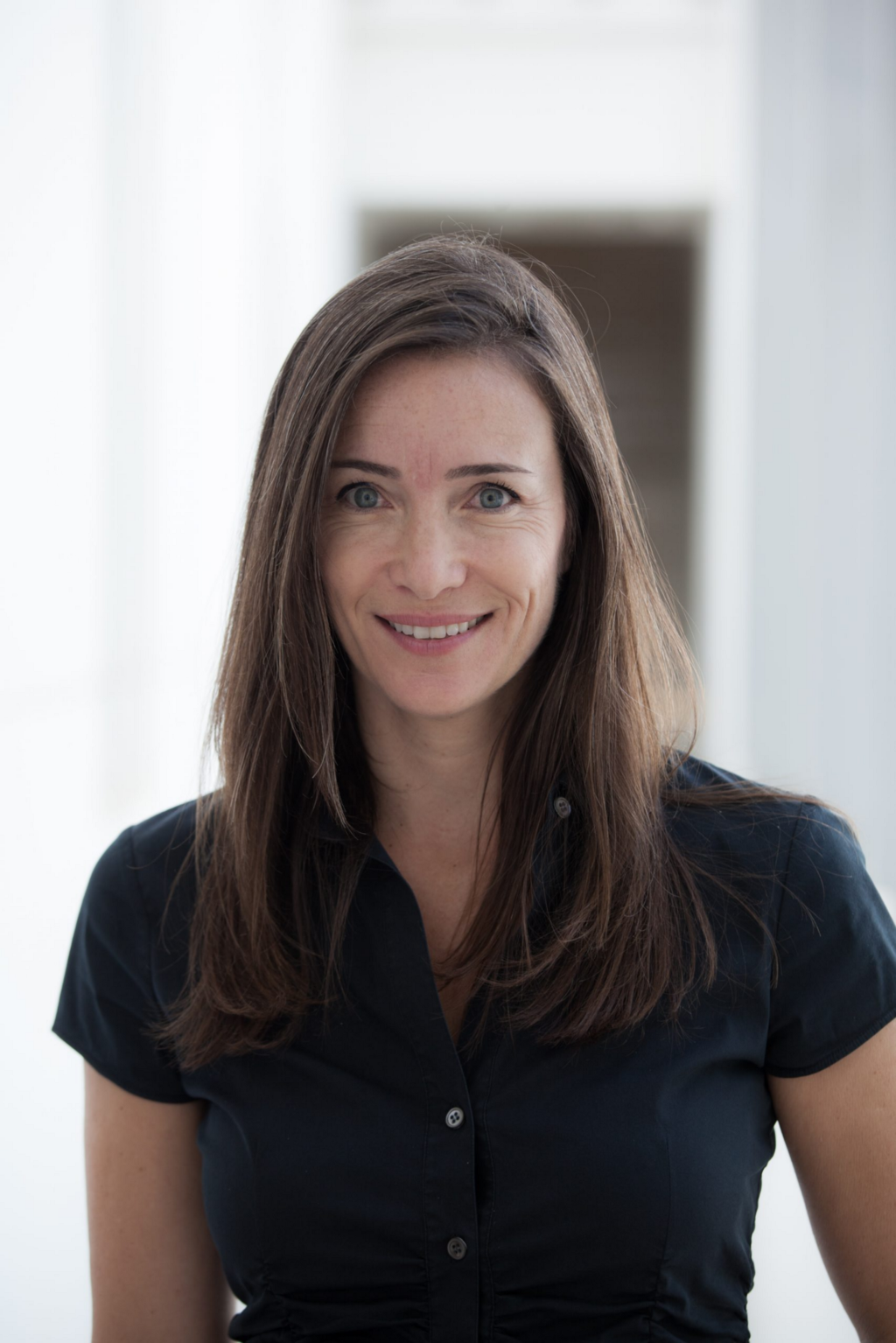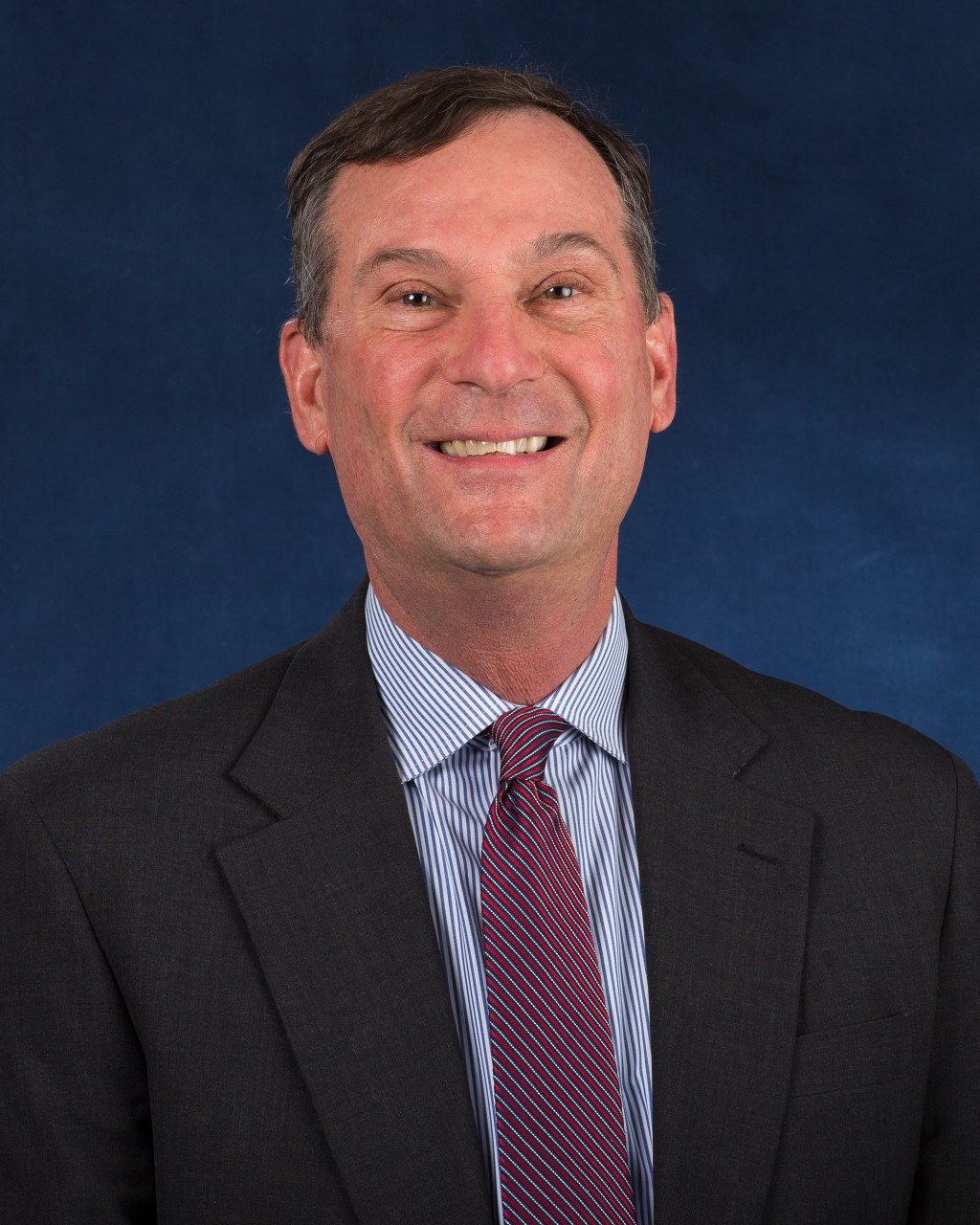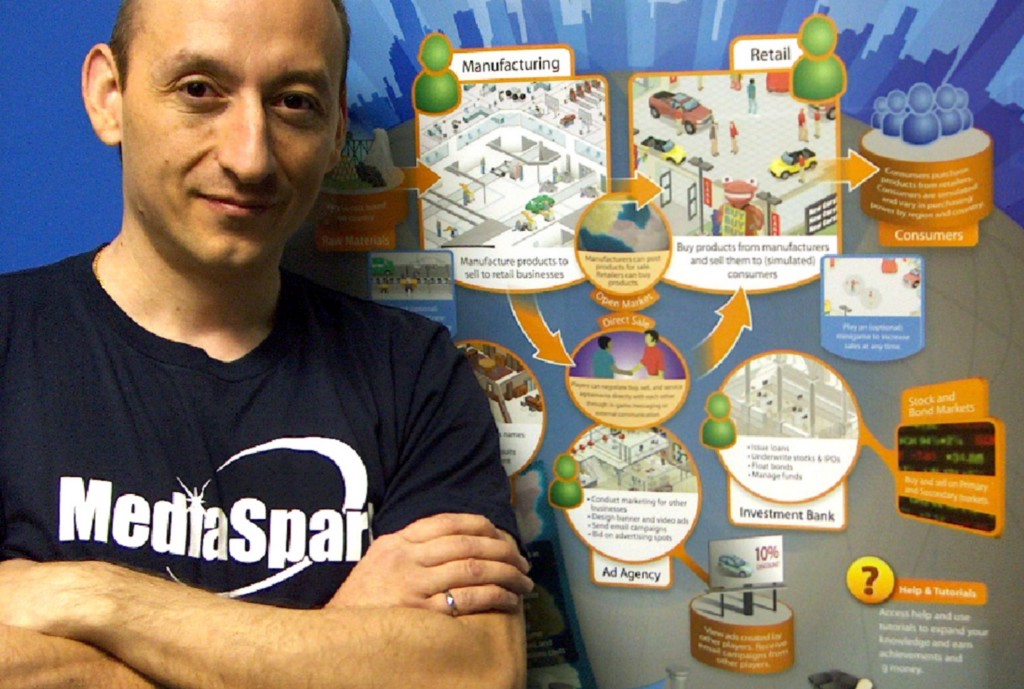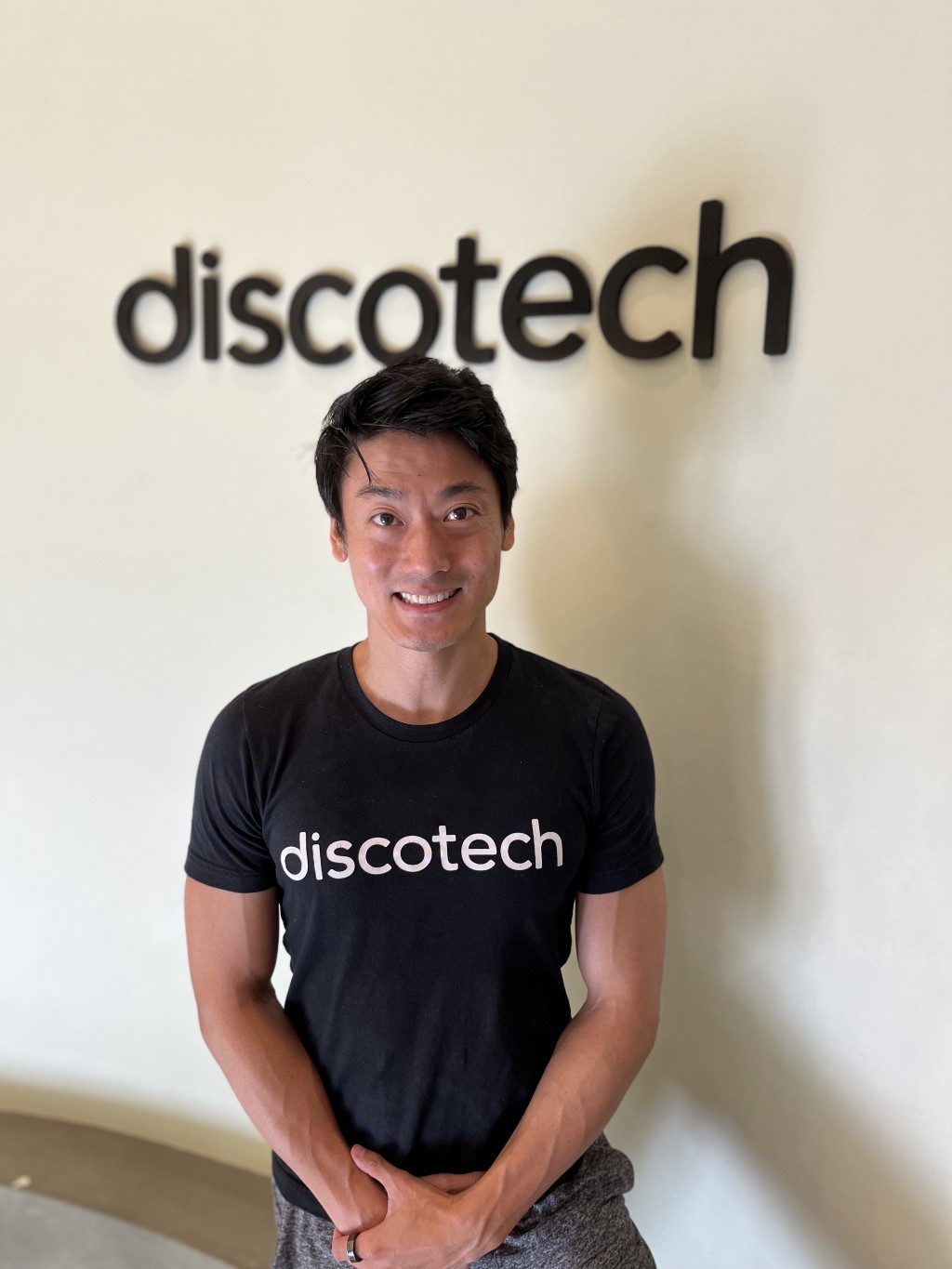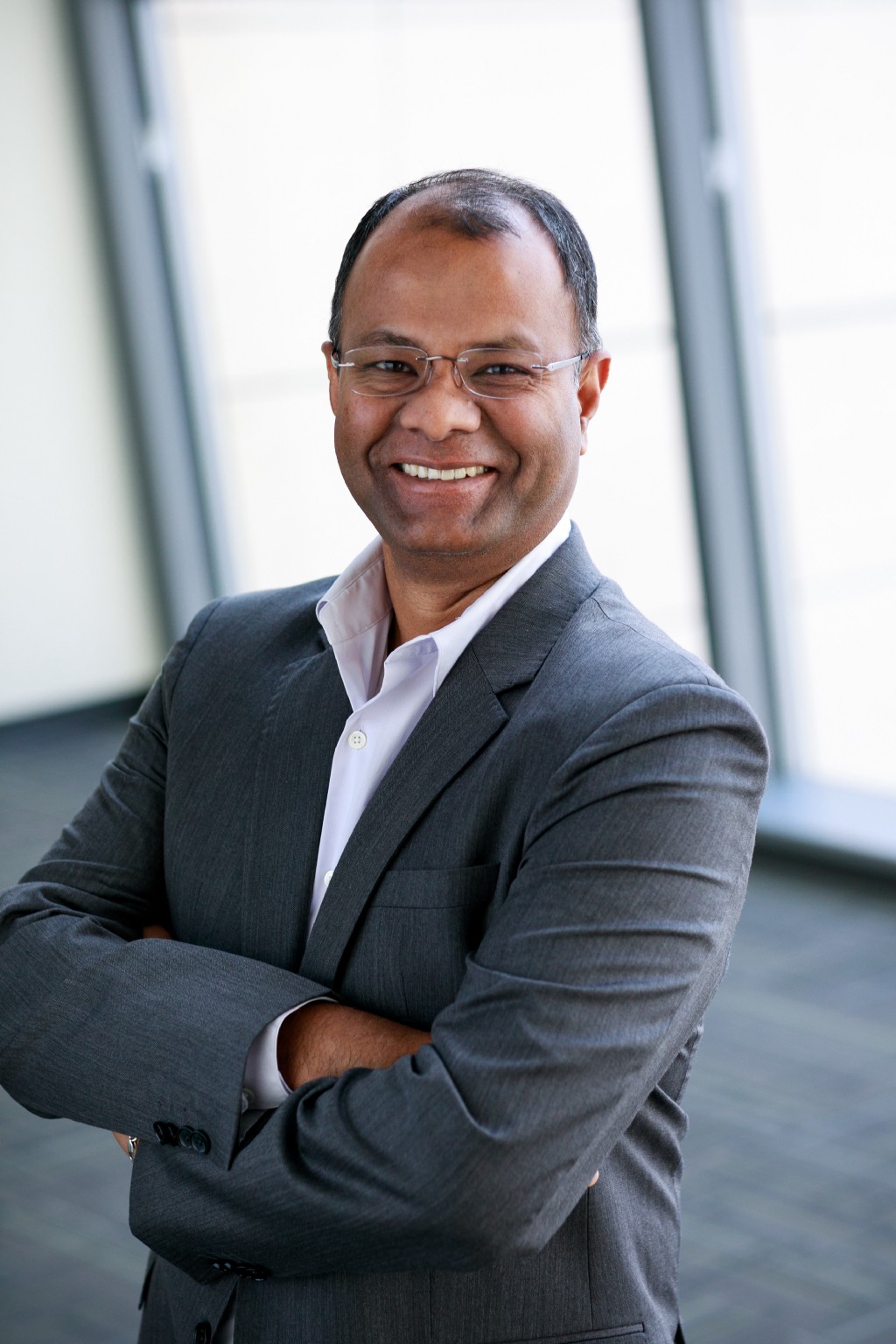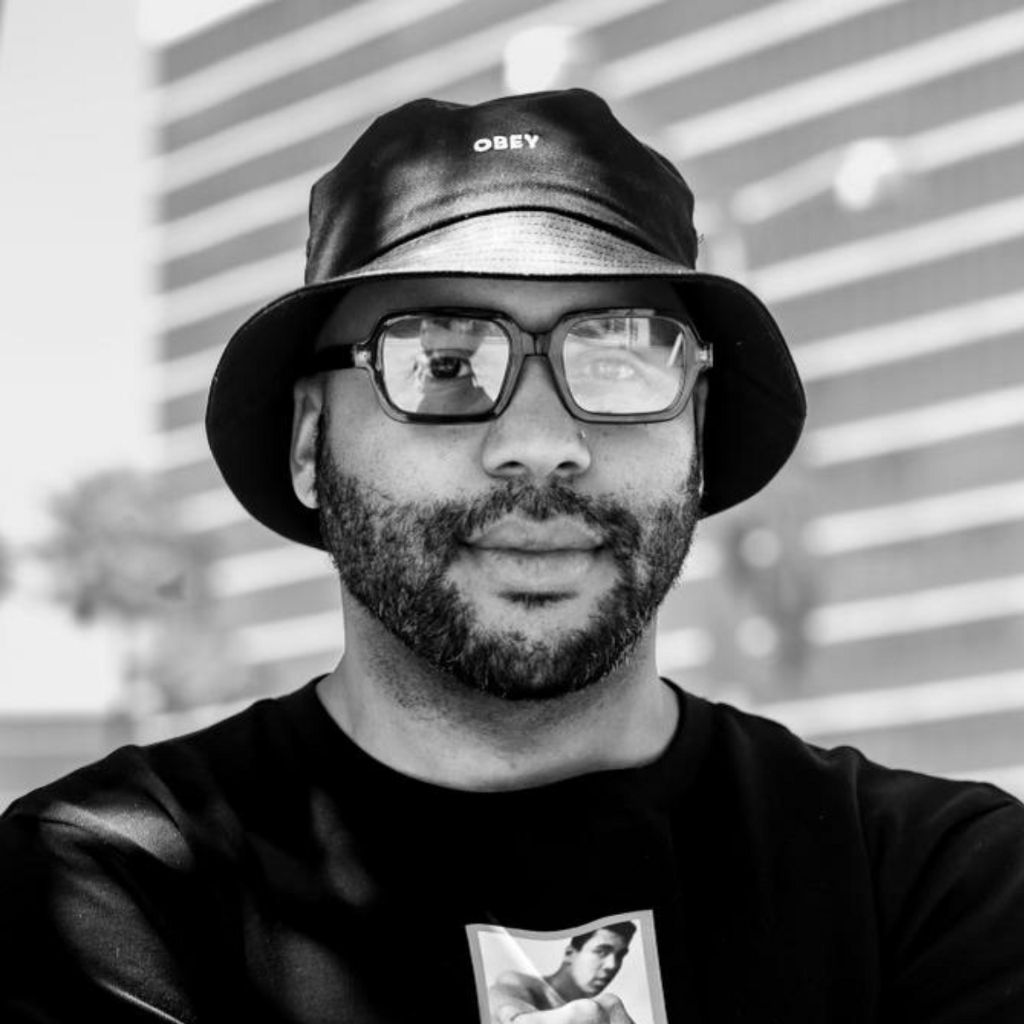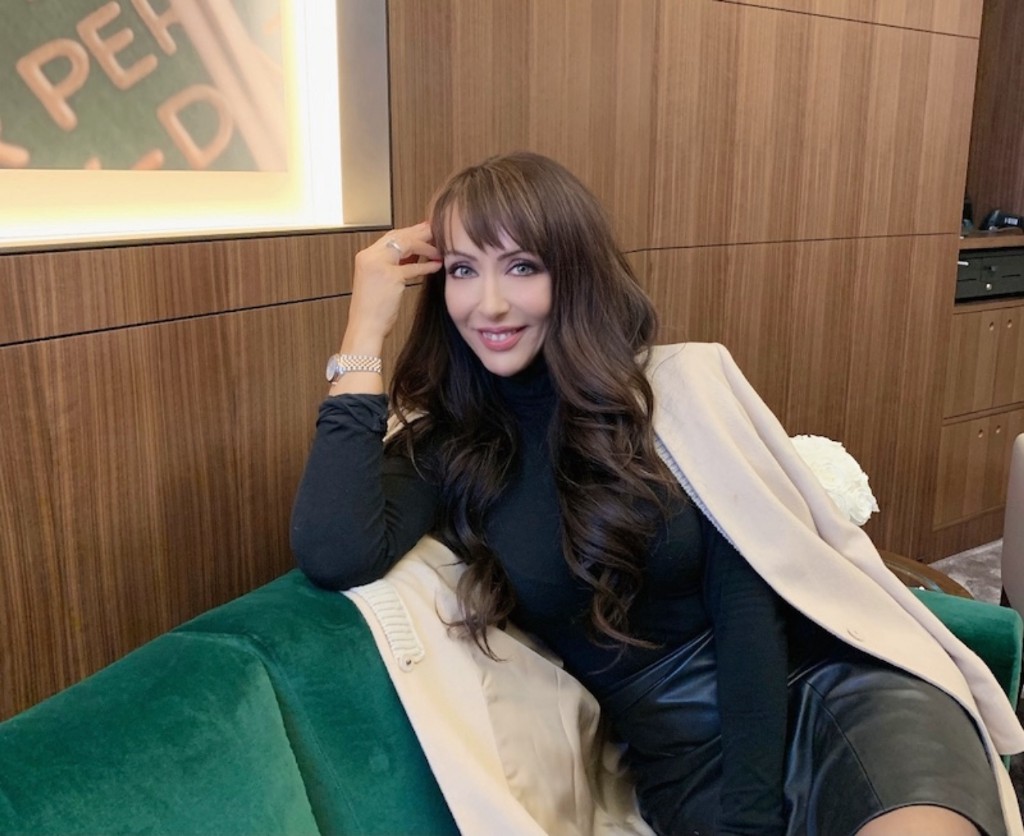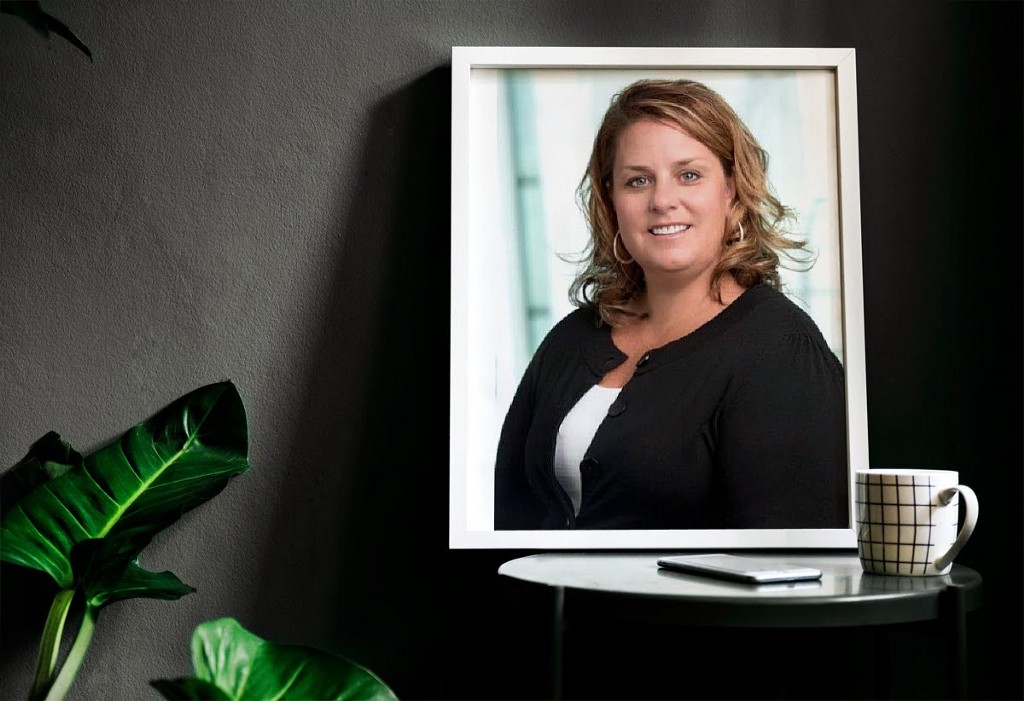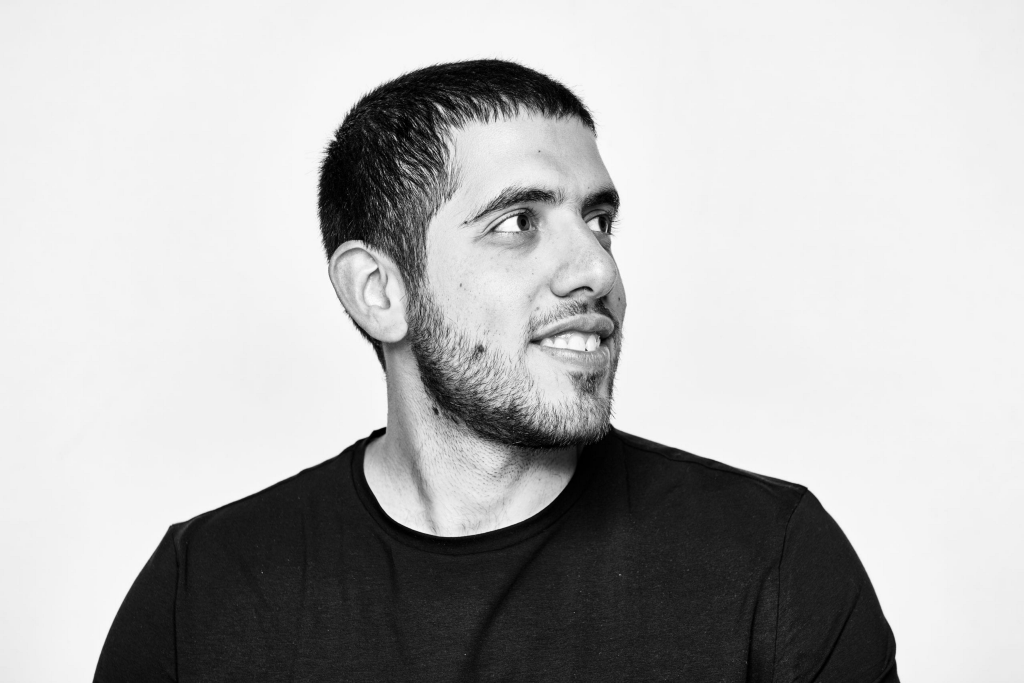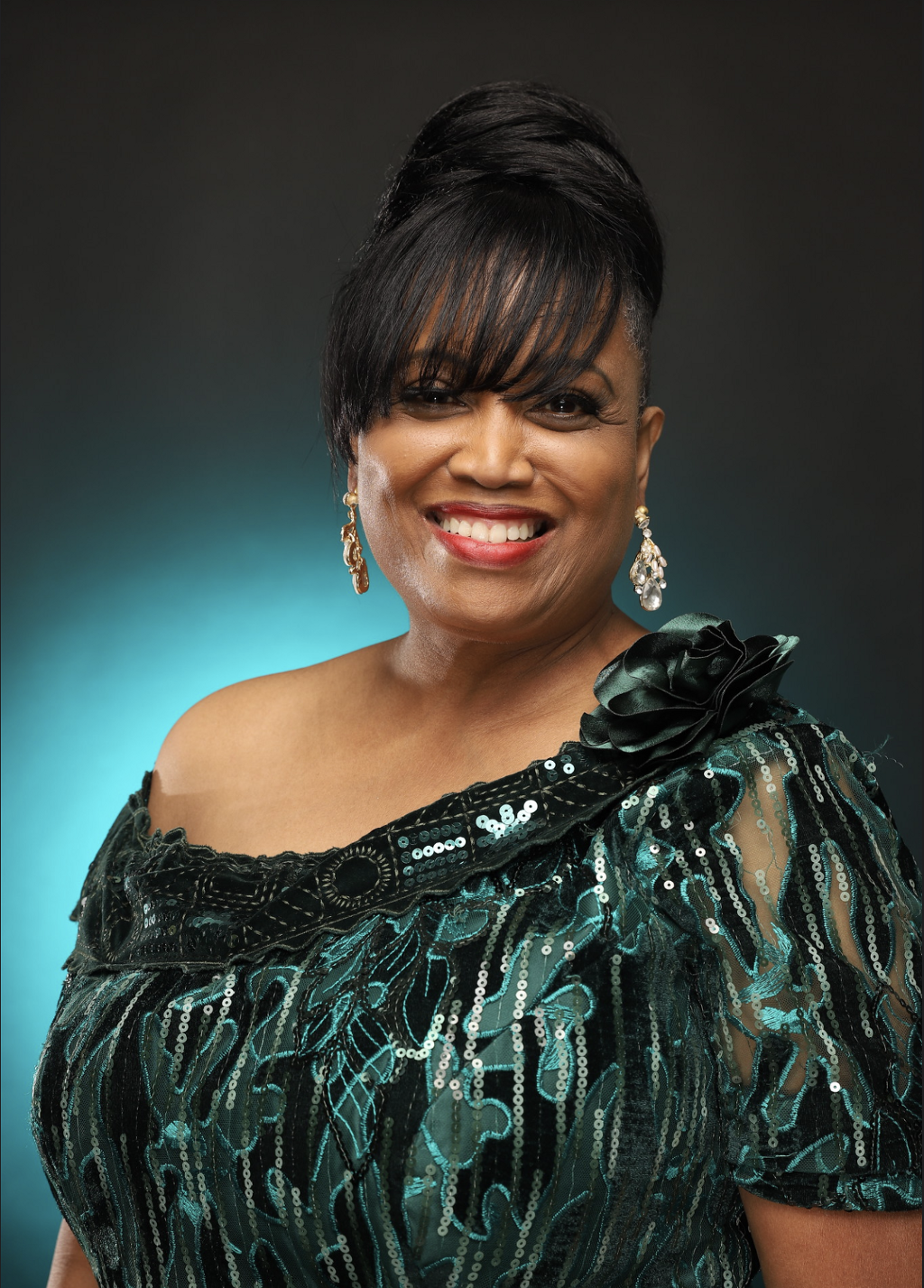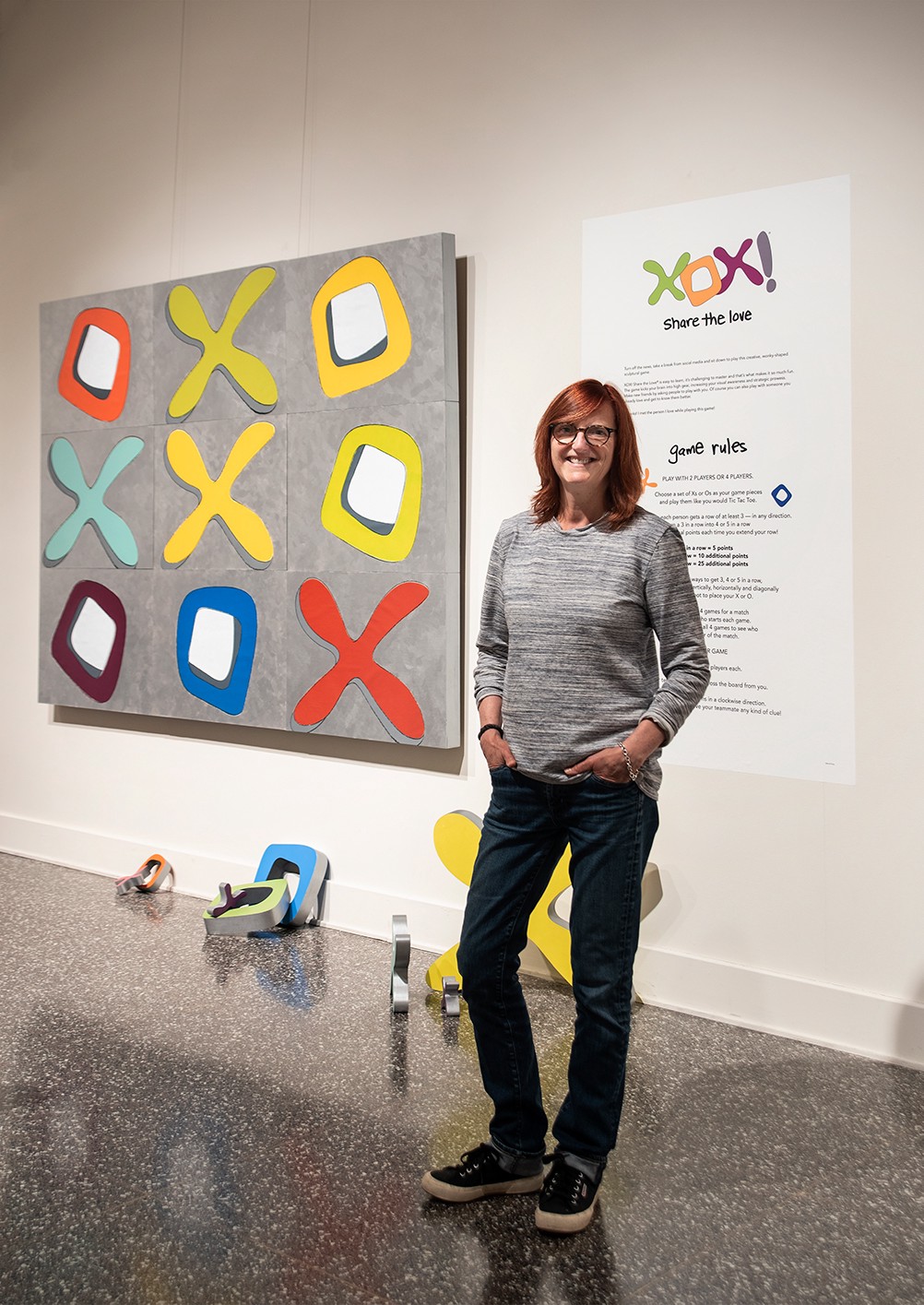Heroes Of The Homeless Crisis: How Ardana ‘AJ’ Jefferson Of Homeless Children’s Education Fund Is Helping To Support Some Of The Most Vulnerable People In Our Communities
An Interview With Fotis Georgiadis
Do not take life for granted. Someone else is wishing for what we have every day.
As a part of my series about “Heroes Of The Homeless Crisis” I had the pleasure of interviewing Ardana ‘AJ’ Jefferson.
Ardana ‘AJ’ Jefferson joined Homeless Children’s Education Fund (HCEF) in March 2022. She is tasked with advancing the organization’s 23-year mission through leadership development, community advocacy, public policy, financial stewardship and sustainable revenue growth. With more than 25 years of experience in nonprofit management and net revenue growth, AJ has an in-depth understanding of the industry and has successfully executed strategic plans across organizational enterprises.
Before joining the HCEF team, AJ served as the Director of Hope Group (Business Development and Operations) for Hosanna House and Vice President of Membership/Marketing for both the YMCAs of Greater Rochester and Central Florida. Additionally, she served in various leadership positions across the YMCA movement.
AJ is a member of the NAACP and an advocate for children with special needs. She also lends her skills to Carlow University as a frequent presenter and lecturer. Her other favorite pastime activity is instilling courage in her mentees, friends and business associates. And, her life’s purpose is fueled by helping people reach their highest potential.
Thank you so much for joining us! Is there a particular story or incident that inspired you to get involved in your work helping people who are homeless?
Yes, I was homeless. When I was a child, my mother decided to leave my father after living through years of a very tumultuous marriage. We left in the middle of the night, leaving an Army base somewhere in Massachusetts and traveling what seemed like days on a Greyhound bus to start a new life in Pittsburgh. My mother had nothing but her new college degree and the desire to make a better life for us. This happened in the early 1980s when the McKinney-Vento Act was not yet established; therefore, specialized school programs and social services support were unavailable. But we did have extended family that helped us — specifically my great Aunt Ruth (we called her Aunt Ruby), who welcomed us into her home for as long as it took for my mother to find a decent job and a safe place to live.
Although Aunt Ruby graciously provided us shelter, she was not wealthy. My mother still had to figure out how to feed and clothe us. And living in someone else’s house with other people is different from living in your own house. My mother and I had to share a small room and I could not just be a kid — run around and play like I used to. Nothing in the house was ours except the clothes on our backs. I had to ask permission for everything. We had to live through stressful moments before my mom could move us out. But, unlike other children in that same situation, Aunt Ruby tried her best to make us feel welcomed, loved and supported.
My mother was a rock through the entire process. She was trying in every way possible to make our transition as normal as possible. I applaud her for making the tough decision to leave our home because she wanted something better for us. And, her commitment to getting her college degree aided her greatly in transforming our lives.
Homelessness has been a problem for a long time in the United States. But it seems that it has gotten a lot worse over the past five years, particularly in the large cities, such as Los Angeles, New York, Seattle, and San Francisco. Can you explain to our readers what brought us to this place? Where did this crisis come from?
The causes of homelessness are complex and multivariate. Still, the main driver, especially in the major cities you listed, is that housing costs have increased over the past few decades at a rate that far outpaces wages. There is simply not enough housing available at the prices that people working low-wage jobs can pay and employment at these jobs is increasingly unstable. Based on data from the National Low Income Housing Coalition, there are about 11 million households in the United States who have extremely low income (i.e., below 30% of the area’s median income) and only around 7.4 million units of housing affordable to them. In addition to this stark shortage in absolute terms, many of those 7.4 million affordable units are already occupied by people above the extremely low-income threshold (i.e., those with low income still compete with higher-income households for the limited affordable units). The actual number of homes available to those 11 million Americans in the lowest income bracket is closer to four million, leaving a shortage of seven million affordable homes (https://nlihc.org/gap).
Factors such as mental illness, domestic violence, substance use, etc., all contribute on an individual level. But almost all serious analyses of the problems place them as secondary causes of the shortage of affordable housing.
For the benefit of our readers, can you describe the typical progression of how one starts as a healthy young person with a place to live, a job, an education, a family support system, a social support system, a community support system, to an individual who is sleeping on the ground at night? How does that progression occur?
What you describe is not a common progression because so many young people never have access to all those advantages from the start. Take the health piece in isolation: access to quality health care in the United States largely depends on your ability to pay for it; as a result, children born into families with low income tend to have fewer health checkups and more health complications. They are much more likely to suffer from chronic health problems like asthma, exposure to lead and mental health conditions, primarily due to environmental factors beyond their control.
Similarly, as we see daily in our work at HCEF, there is no guarantee of a stable place to live and a good education for children. All the students we work with have lost their housing at some point, sometimes for a few weeks, sometimes intermittently for months or years. As parents struggle with housing, kids often miss large chunks of school time as a result. Education is time-sensitive. Suppose a child misses lessons at critical developmental periods. In that case, it can have snowballing effects on their ability to keep up with schoolwork down the road, affecting all sorts of long-term life outcomes, especially their ability to maintain stable housing as an adult.
So, the progression might look more like this: you are born into a household where the Mom is living paycheck to paycheck. She is staying in a tumultuous relationship to help pay bills. Eventually, she is forced to leave her partner and take you and your siblings to a shelter after a domestic incident. She tries to keep you in the same school, but no one can provide adequate transportation, so you miss a few weeks of class in the 3rd grade when you transition to the shelter. Then you may miss another month or so when you find permanent housing in the 4th grade, with sporadic absences in between as school transportation falters.
Maybe this happens again in middle school. By the time you enter high school, you start struggling with depression and anxiety related to the domestic violence you have witnessed, on top of the various difficulties of constantly bouncing around from place to place. Eventually, you lose interest in school and drop out because classes seem irrelevant. It feels like you are too far behind to catch up and to increase the hours at your part-time job seems more important in the short term. Unfortunately, this puts a relatively hard cap on your earning potential, so when Mom kicks you out at 19, you have not been able to save enough to make rent on your own, so you end up sleeping outside for a few nights, which leads losing even that low-paying job and so on.
This story is a culmination of my personal experience with homelessness and the experiences I have heard shared by my team as they work with students and families. The reality is that the track to homelessness is cyclical and usually starts before someone is born. The good news is that there are hundreds of ways people can interrupt these cycles to create better opportunities for those trapped within them. Ensuring parents and students access high-quality education is one of the most important interventions, as it opens the door to self-sufficient employment and other social opportunities.
A question that many people who are not familiar with the intricacies of this problem ask is, “Why don’t homeless people just move to a city that has cheaper housing?” How do you answer this question?
There are so many reasons that it is hard to know where to begin. First, logistically, moving has high up-front costs that people in immediate need of housing often cannot afford in the short term.
Moving to a less expensive region frequently means displacing yourself from your extended family, support networks and personal history, mainly affecting families with children. Abandoning friends, family and familiarity is not only emotionally scarring but also materially unfeasible for those who rely on their social networks for basic necessities such as free childcare (which allows them to work beyond the hours their kids are at school) and transportation (which gets their kids to school when buses fail to). Cheaper housing often means fewer jobs, lower pay and fewer public services. It is a tough sell to ask a parent to uproot their whole life for a place where their job prospects look worse than where they are presently.
The most important complication is that housing costs are rising everywhere. Rent has been outpacing real wages for decades, creating a situation where there are not enough affordable housing units available for the number of people who need them.
If someone passes a homeless person on the street, what is the best way to help them?
This advice may be obvious to anyone reading, but it is always worth a reminder:
1. Treat them with respect as you would extend to your friends, neighbors or coworkers.
2. Learn about the organizations in your area that are providing needed services and support them financially or through volunteering. Do your research to find the most credible organization with proven experience supporting individuals experiencing homelessness.
3. Share information about services. Anyone entering a shelter in Allegheny County (the Pittsburgh region) must call the Allegheny link at 866–730–2368 to receive housing help. You can also share/use Finding Your Way in PA (https://findingyourwayinpa.com/) or 211 (call or go to https://pa211sw.org/) to find free local help for basic needs like showers, food, counseling services, rent, etc.
4. Advocate for systemic change. Learn about solutions from groups like HCEF, SchoolHouse Connection, the National Low Income Housing Coalition, ACTION Housing, etc. Call your legislators, form local activism groups and vote.
What is the best way to respond if a homeless person asks for money for rent or gas?
Even the ‘experts’ disagree on the answer to this question, but honestly, if I have a few extra dollars, give it because I believe in the scripture that says be kind to strangers because you could be entertaining an angel. If you are uncomfortable with that (which is completely understandable), consider carrying cards with information about the basic-needs services in your areas, such as food banks and drop-in centers, so you can share them when you meet someone. Most homeless service providers will gladly give you something like this if you ask.
For Pennsylvania residents, Finding Your Way in PA (https://findingyourwayinpa.com/) is also a phenomenal resource for helping people find free services like meals, shelter, rental assistance, showers, etc. It is easy to navigate and provides full descriptions of how to access services and filters based on location and relevance, so you know the information will be helpful to the person who needs it.
Whatever you do, remember how you respond can have a significant impact on someone’s day.
Can you describe to our readers how your work is making an impact battling this crisis?
A high-quality education can spell the difference between being homeless and being housed. Since young people who experience homelessness in school are much less likely to graduate from high school (only 64% graduate compared to 84% of the total population), there is a direct pipeline from youth homelessness to adult homelessness. In fact, someone who does not graduate high school is 346% more likely to experience homelessness as a young adult, making the lack of a high school diploma the single greatest risk factor for homelessness.
Our goal is to provide students experiencing homelessness with access to stable, high-quality education throughout their childhood so they can graduate on time and succeed in whatever they pursue. We provide after-school programming at shelters, individualized home-visit tutoring, funding for emergency needs, social/emotional health education, systemic advocacy, supplies and post-secondary scholarship funding. We provide whatever else it takes to keep kids on a successful track to graduation and successful careers. It is not easy work, but it is absolutely necessary to do whatever we can to level an extremely inequitable playing field.
How has the COVID-19 pandemic affected the homeless crisis, and the homeless community? Also how has it affected your ability to help people?
Every school district closed its doors and attempted remote learning for most of the 2020/2021 school year. Needless to say, ‘at-home learning’ was a disaster for children who did not have stable homes from which to learn. There was a lack of technology, none or unstable internet, crowded or unsafe living spaces and a lack of childcare.
And, remote learning severely impaired school staff’s ability to identify and serve students experiencing homelessness. For context, each school must legally designate a homeless liaison among its staff. This person, usually a school counselor or social worker, must work to identify students experiencing homelessness, then connect them to supportive services. In a typical year, liaisons will notice when families lose their housing by their need for transportation services. Parents will call to let someone know they have been forced to move and cannot get their child to school or someone will reach out to the family based on a student’s absence.
During remote school, that system fell apart. Without a need for transportation services, liaisons struggled to identify students in crisis, plummeting official homeless youth numbers and leaving thousands of Pennsylvania youth unserved at a time when they needed the most help. In light of this, we have been redoubling our efforts to champion students by strengthening school partnerships, expanding programming and offering new professional training for school staff to help them identify and help students in crisis.
Can you share something about your work that makes you most proud? Is there a particular story or incident that you found most uplifting?
During my first weeks with HCEF, I was awarded the opportunity to witness firsthand how our team supports the students. I remember being in a mobile learning session led by our K-8 team, Kait Nykwest and Alizé Strickland. I marveled at their ability to create an inspirational, progressive and individualized learning environment for a 6-year-old that has suffered tremendous loss and countless housing transitions. After weeks of Kait and Alizé applauding him for trying his best while they incorporated individualized learning, the little boy who could not spell his name, with great pride, showed me he could now identify all the letters in his name and put them in the proper order. My heart was filled with joy as he proudly accomplished that task.
I also recall observing a college and career planning session led by our Teen Advocate, Patience Baker. One of her students was experiencing a difficult situation with a college admissions officer. She was on the brink of giving up, but Patience changed that moment by providing a tool she could use for the rest of her life. Patience had our student write down everything she needed to ask the admissions officer in a script. The young lady then called the officer and sent a follow-up email using that same script. An hour later, the admissions team resolved the issues and the student was greatly relieved and beaming from ear to ear.
These are just two basic yet life-altering examples of my team’s support for our students.
Without sharing real names, can you share a story with our readers about a particular individual who was impacted or helped by your work?
From our Program team:
Jayvon (changed name) moves back and forth, sometimes weekly, between two sets of caregivers, one at an apartment and one at a motel. The changes mean different routines, meals, schedules and levels of engagement in learning. When he misses the consistency of daily routines, his participation in school and after school can be challenging, but he and his caregivers value his education. Each day he logs on with us virtually to catch up on basic skills he is missing due to several months of absence in second grade. His recent return to school resulted in a referral to our programs. Jayvon has jumped forward with quick progress in both letter naming and identification, things that were initially a struggle. His after-school team and in-school educators have been meeting weekly to keep up on his current strengths and progress and talk about how to encourage his growth to continue at a quick pace. During a recent meeting with his school counselor, we learned that he would be able to progress to the next grade in the fall, which they said would likely not have been possible without Javon’s hard work and the team’s effort to collaborate with his caregivers. We are extremely excited to celebrate Jayvon’s excellent progress and look forward to visiting and tutoring him in person to keep building on his strengths.
Summer update:
This summer, Jayvon woke up bright and early each Monday and Wednesday — with the help of his grandfather — to meet with our team for his tutoring sessions. As a part of HCEF’s pilot Mobile Learning program, Jayvon spent his mornings reading books, identifying letters, writing words and sentences, playing learning games and creating science experiments! His grandfather was engaged throughout the process, staying in touch with our Family Engagement Coordinator about scheduling, discussing what Jayvon was learning and how to advocate at a school district meeting for Jayvon and students like him. Jayvon’s perseverance reminded us that learning is an incremental process and that each new set of words is an opportunity for celebration. He conquered fluency in naming and identifying letters and strengthened his phonics skills which are key components of reading. Jayvon’s face showed his genuine excitement and confidence as he learned to read new words and sentences. At the end of each session, he loved to recount the day’s activities for his grandfather and share the successes and what he was looking forward to practicing before the next session.
We look forward to continuing to work with Jayvon and his family as he transitions back to school for the new school year.
Can you share three things that the community and society can do to help you address the root of this crisis? Can you give some examples?
• Educate yourselves and others on the root causes of homelessness.
• Advocate for systemic change. Learn about solutions from groups like HCEF, SchoolHouse Connection, the National Low Income Housing Coalition, ACTION Housing, etc. Call your legislators, form local activist groups and vote.
• Donate to organizations working hard to help people escape homelessness and maintain stable housing.
If you had the power to influence legislation, which three laws would you like to see introduced that might help you in your work?
• The Homeless Children and Youth Act (HCYA) is a federal bill extending federal HUD homeless assistance eligibility to families who are temporarily doubling up with others due to a loss of their housing. These situations are frequently unstable, overcrowded and/or unsafe. The education system recognizes these families as homeless and provides special rights and protections, but the broader spectrum of homeless services remains unavailable. This bill would align homelessness definitions to allow HUD to evaluate families in these situations for much-needed services.
• The American Housing and Economic Mobility Act is a federal bill that would invest in building nearly three million new affordable housing units targeted at low and middle-income families. It would also incentivize local municipalities to loosen restrictive zoning laws that keep rents high. It could make a huge difference for millions of families who struggle to pay rising rents and mortgages.
• Improved funding for the Education for Homeless Children and Youth Program. This is the only federal program that funds schools’ ability to identify and assist students experiencing homelessness. Currently, 77% of local schools across America do not receive any of it. We are simply not providing schools with enough money to scratch the surface of the educational component of homelessness. Schools across the country cannot consistently transport unstably-housed students to and from school because of the lack of funding. How can we expect people to improve their situations if we cannot even transport them to school so they can learn to read at pace with their peers?
I know that this is not easy work. What keeps you going?
I have spent my life advocating on behalf of marginalized individuals. When I became a mother of a child with special needs, my commitment to helping women and children in need increased tenfold. Joining HCEF and supporting my staff fuels my purpose in life to instill courage in others. It is my absolute pleasure to wake up every day and assist my team as they provide direct care and support to our students. It is a tremendous responsibility that I do not take lightly but it brings me immense joy to support those who support our kiddos.
Do you have hope that one day this great social challenge can be solved completely?
Yes, I do. It may seem insurmountable, but I believe that strategic collaboration with social service agencies, post and secondary education institutions, major employers and local and federal governments can eliminate the cycle of poverty that perpetuates generational homelessness.
What are your “5 things I wish someone told me when I first started” and why. Please share a story or example for each.
1. That I would cry often! The everyday stories of our students tug at the heartstrings.
2. That homelessness does not typically look like we would expect. If a person is not living in a consistent, stable and adequate nighttime residence, according to the federal government, they are considered homeless. So not only was I homeless at the age of nine so was my son because we lived with his grandmother for a period of time when I was in transition.
3. That this work would bring me back to life! In my work with a former organization, I knew there was something more I was destined to accomplish in my life. And because I was not the leader of that organization, I felt stifled. At HCEF, I am helping to model the work that will make the most impact on the population we serve.
4. Do not take life for granted. Someone else is wishing for what we have every day.
5. Each staff member is not simply good at what they do, they are real-life superheroes! For very little money and even less fanfare, my team stays committed to seeing our students succeed.
You are a person of enormous influence. If you could inspire a movement that would bring the most amount of good to the most amount of people, what would that be? You never know what your idea can trigger. 🙂
If I could inspire a movement that would bring about the most change, I would normalize providing mental health training to all students in K-12 schools. This summer, our Teen Outreach staff provided modified, fast-tracked dialectical behavior therapy (DBT) to 13 students at a local youth organization where my son participated. For one month, four days per week, my DBT-certified staff helped students identify and change negative thinking patterns and offered them a pathway to change those negative thoughts into positive, productive behaviors. How do I know it works and is important for students to navigate real-life situations? I saw my son use the skills he was taught to self-regulate his emotions when he experienced a challenging situation during the summer. I watched him apply the coping mechanisms to move from potentially having a meltdown to calmly requesting the support he needed to establish positive thinking.
This progress was amazing to witness and I realized at that moment that every child should have the opportunity to learn these invaluable life skills.
Can you please give us your favorite “Life Lesson Quote”? Can you share how that was relevant to you in your life?
I have had several life lesson quotes over my nearly five decades but the one that always comes back to me is from my mentor Robyn Guy. As I was about to embark on an incredible career journey, leaving home and traveling to Florida, I thanked her for everything she did to help me, including buying my first nice interview suit. So, when I landed the job, I wanted to pay her back for her kindness. She said the only way I had to return the favor was “pay it forward.” And that is what I have tried to do from that moment on, pay her kindness and support she showed me forward to my mentees, staff and other colleagues.
Is there a person in the world, or in the US whom you would love to have a private breakfast or lunch with, and why? He or she might just see this, especially if we tag them. 🙂
I doubt this person would see this because he is no longer with us, but I would have loved to chat with Dr. Martin Luther King, Jr. Talk about a person who put everything on the line for what he believed in, the people he believed in. A person who inspired people to act using his words, his voice and his passion. A man that stood up and fought back with love for his people to be heard. That is the type of leader I desire to be.
How can our readers follow you online?
Homeless Children’s Education Fund
LinkedIn — Ardana Jefferson
https://www.linkedin.com/in/inspiringu2lead
This was very meaningful, thank you so much!
Heroes Of The Homeless Crisis: How Ardana ‘AJ’ Jefferson Of Homeless Children’s Education Fund Is… was originally published in Authority Magazine on Medium, where people are continuing the conversation by highlighting and responding to this story.

